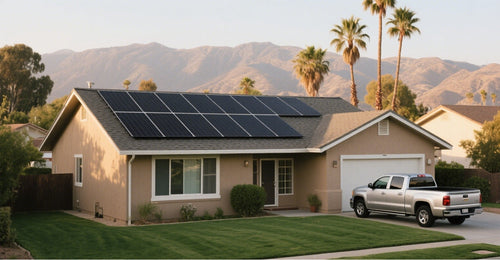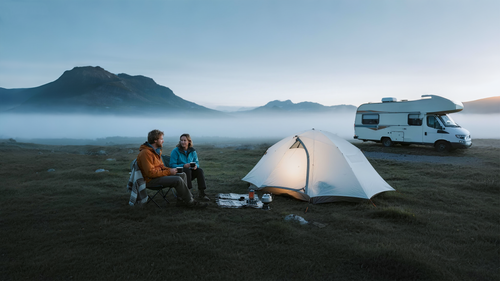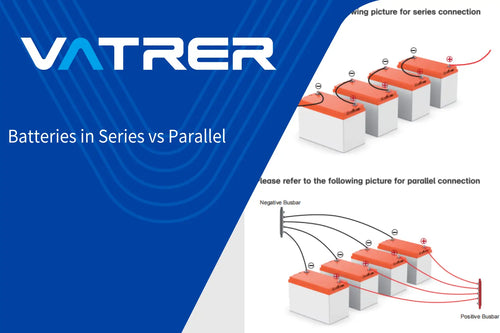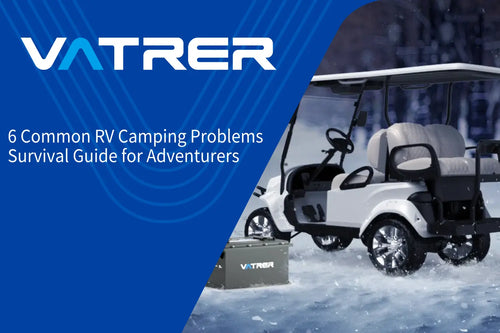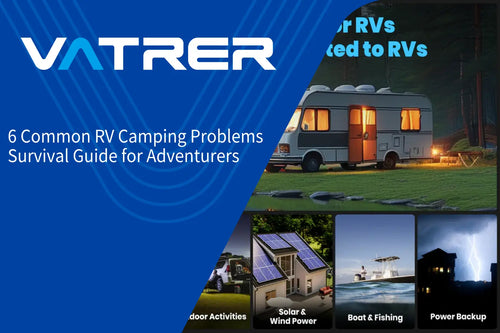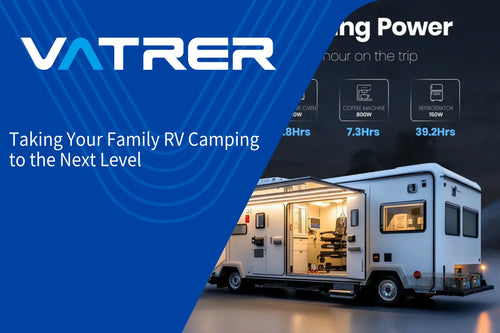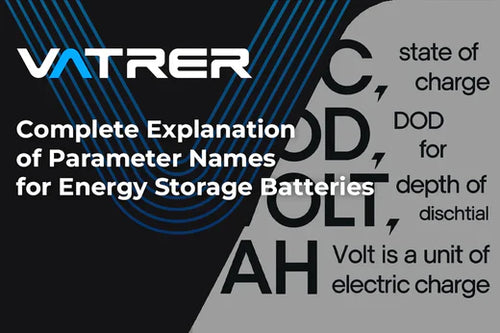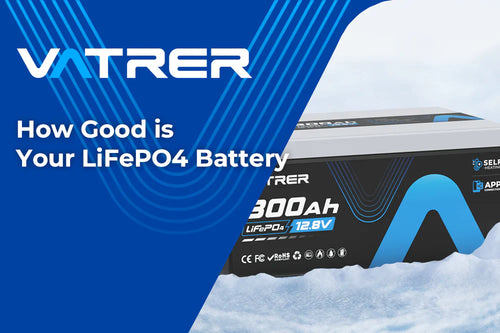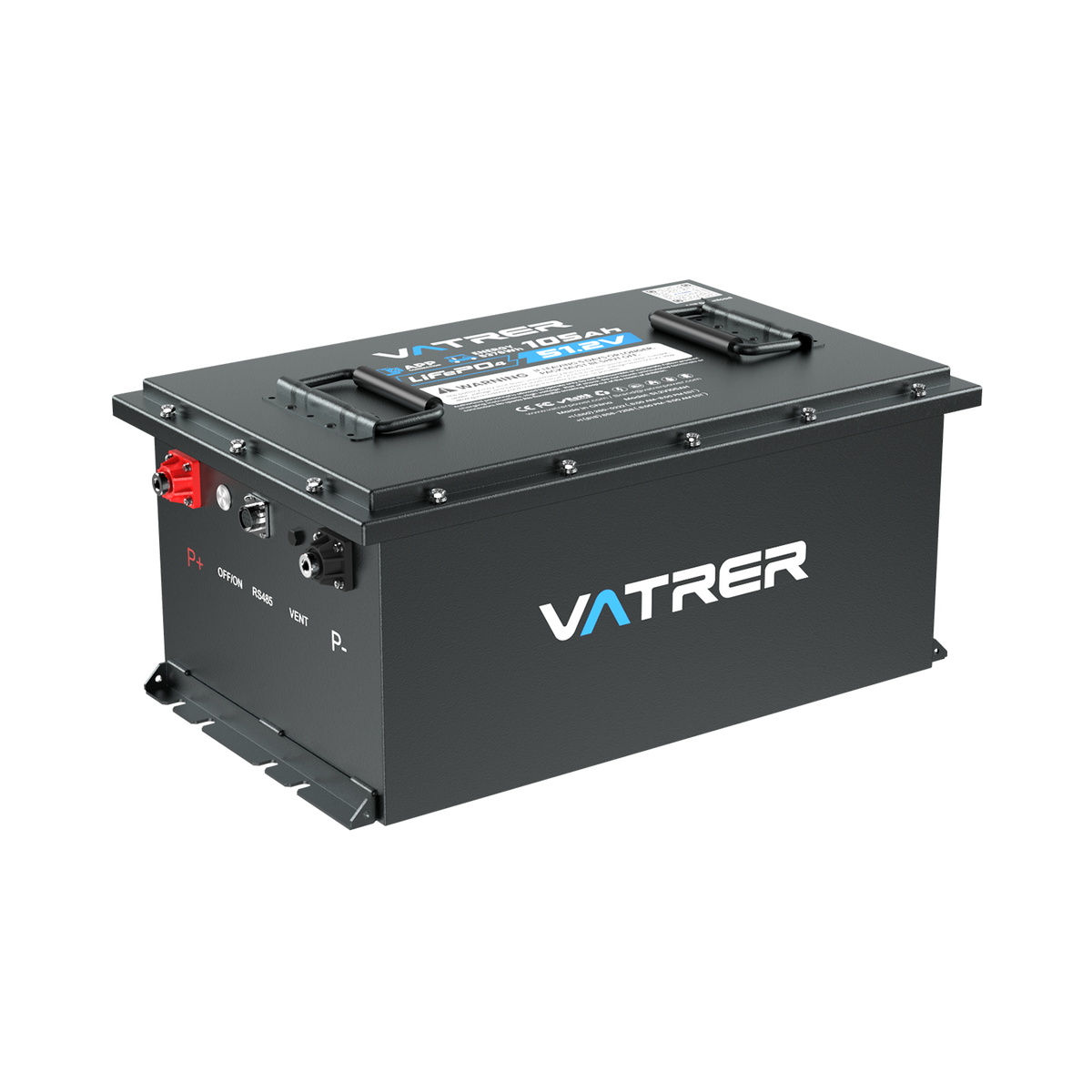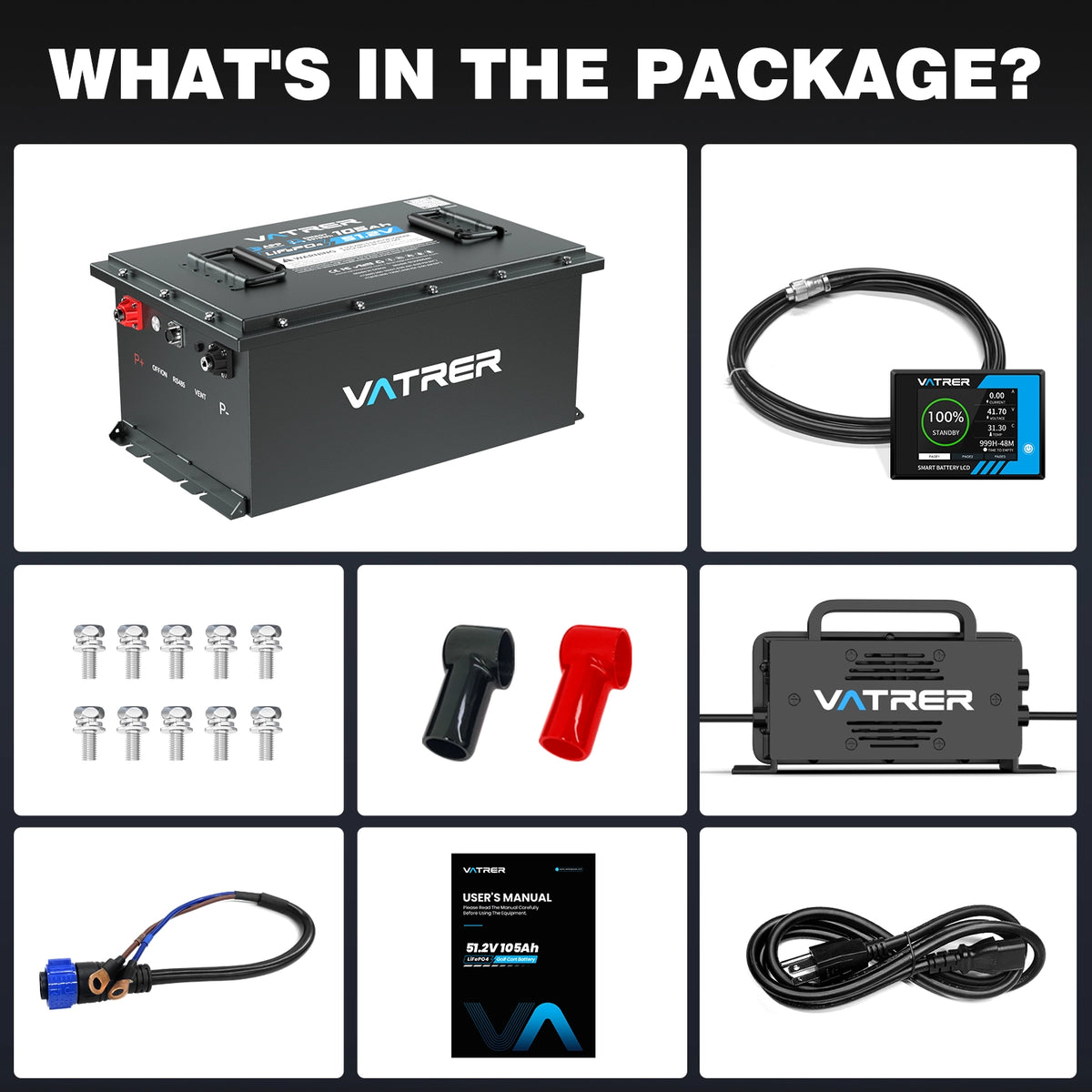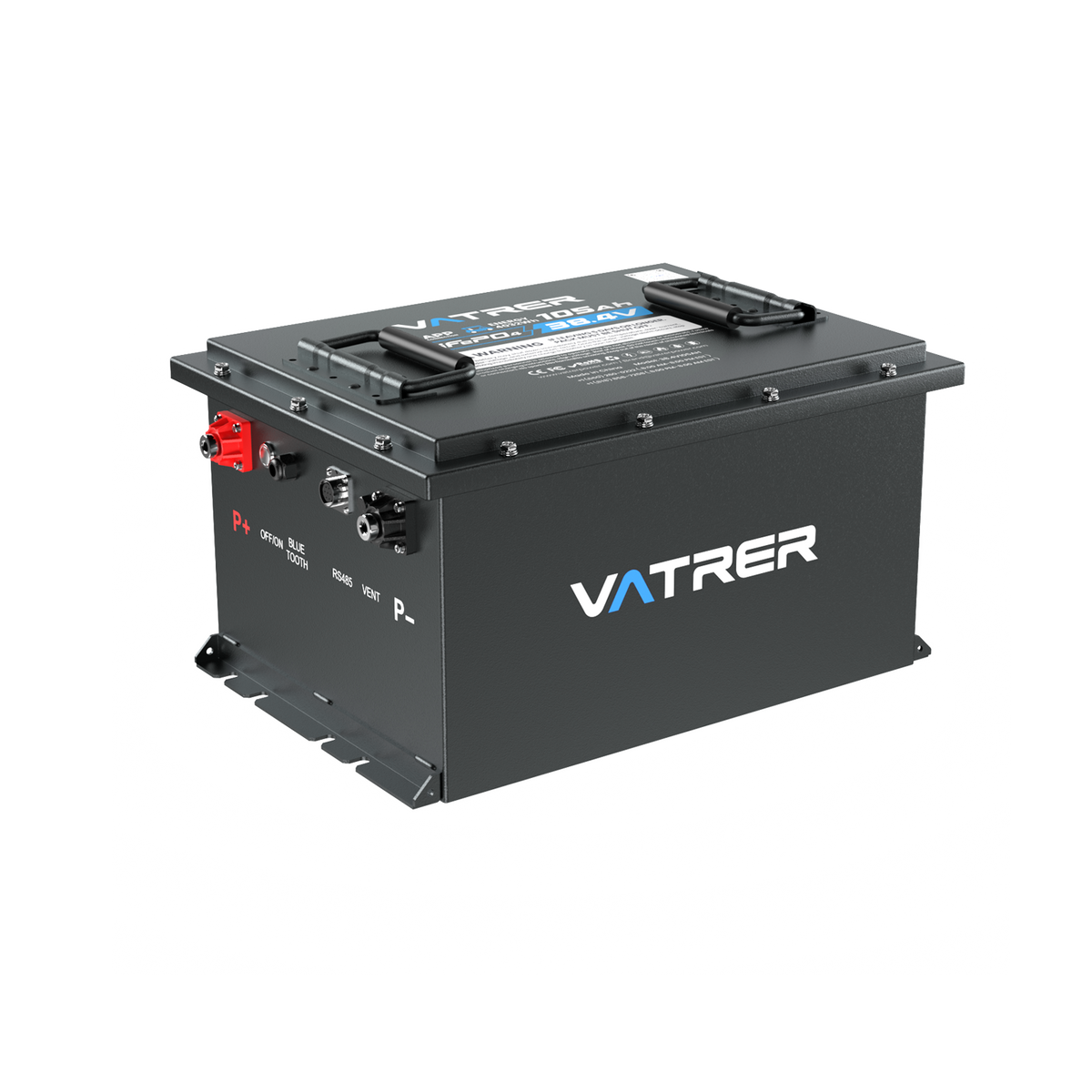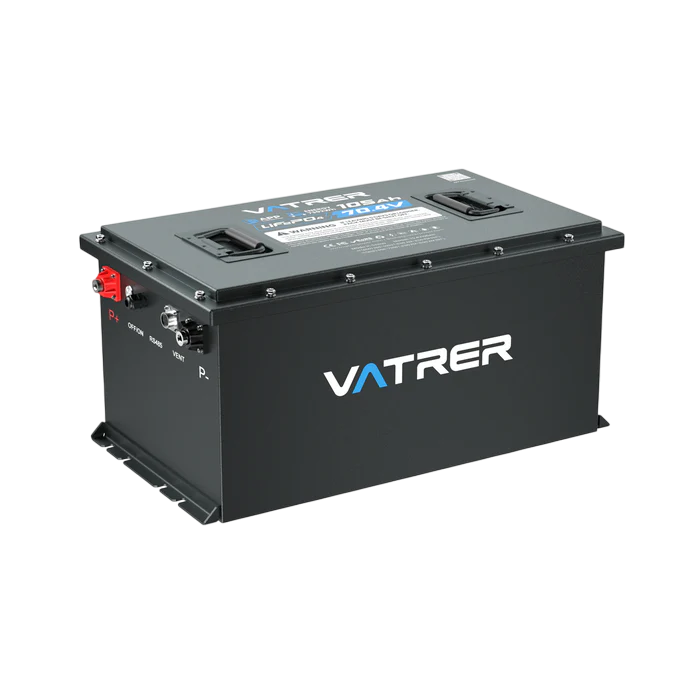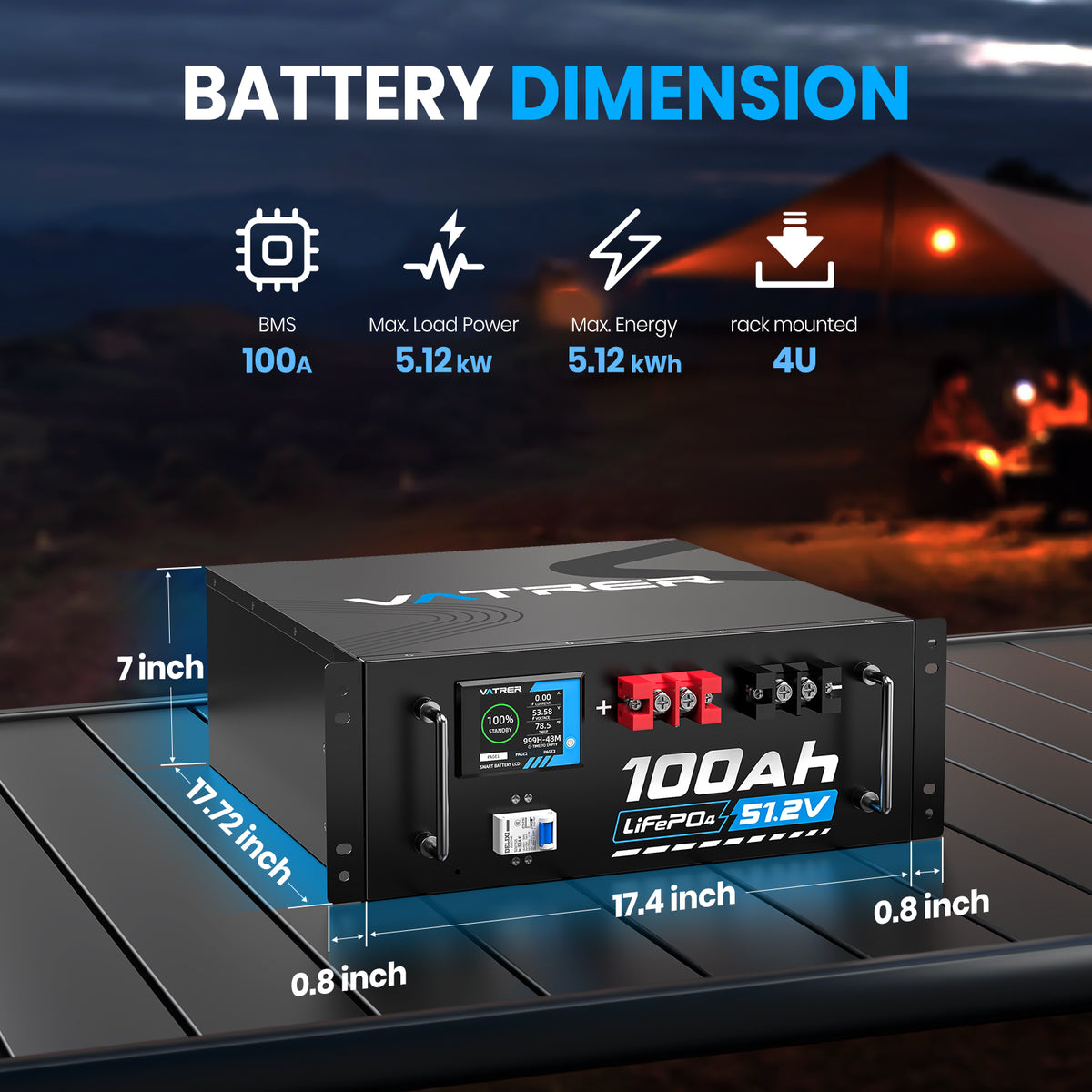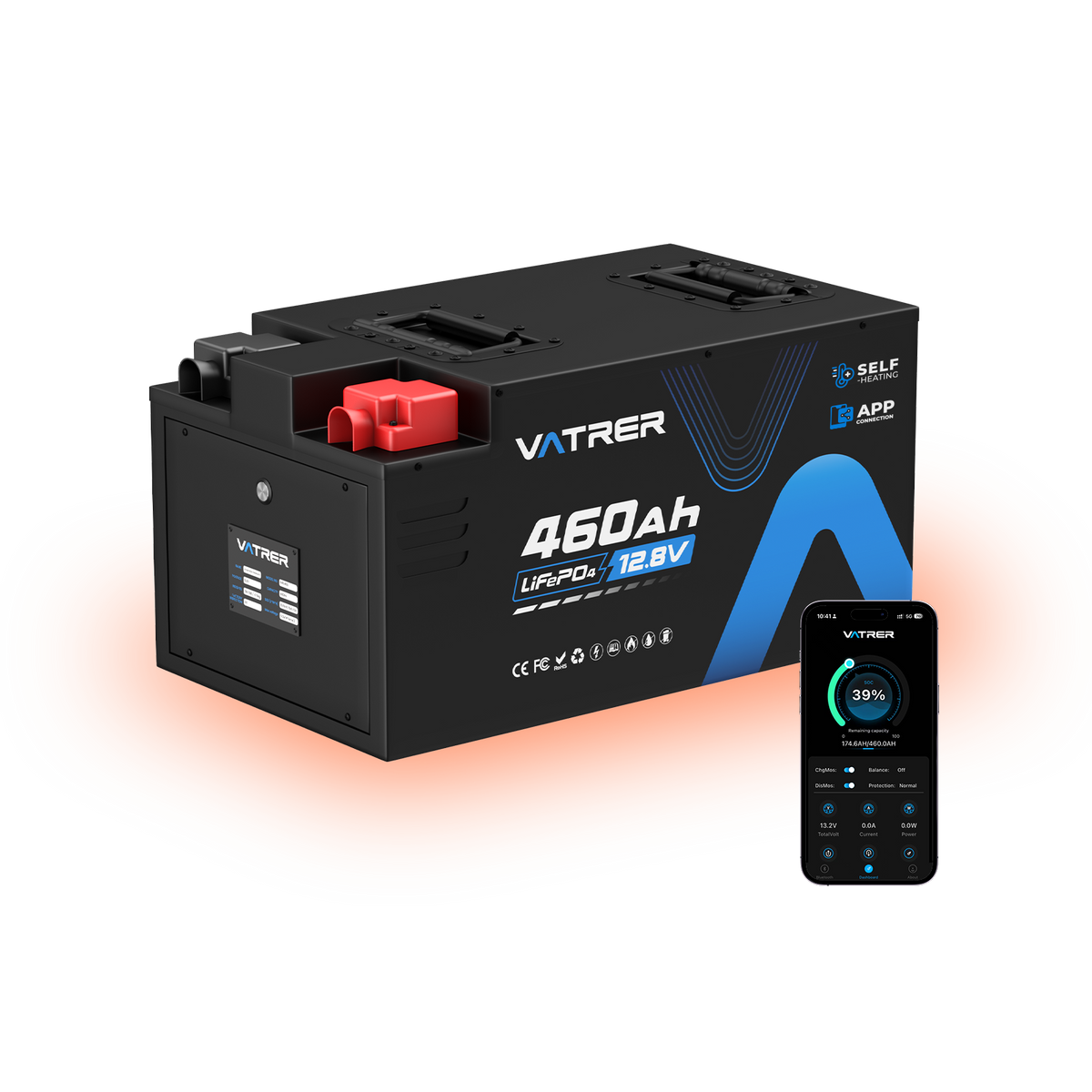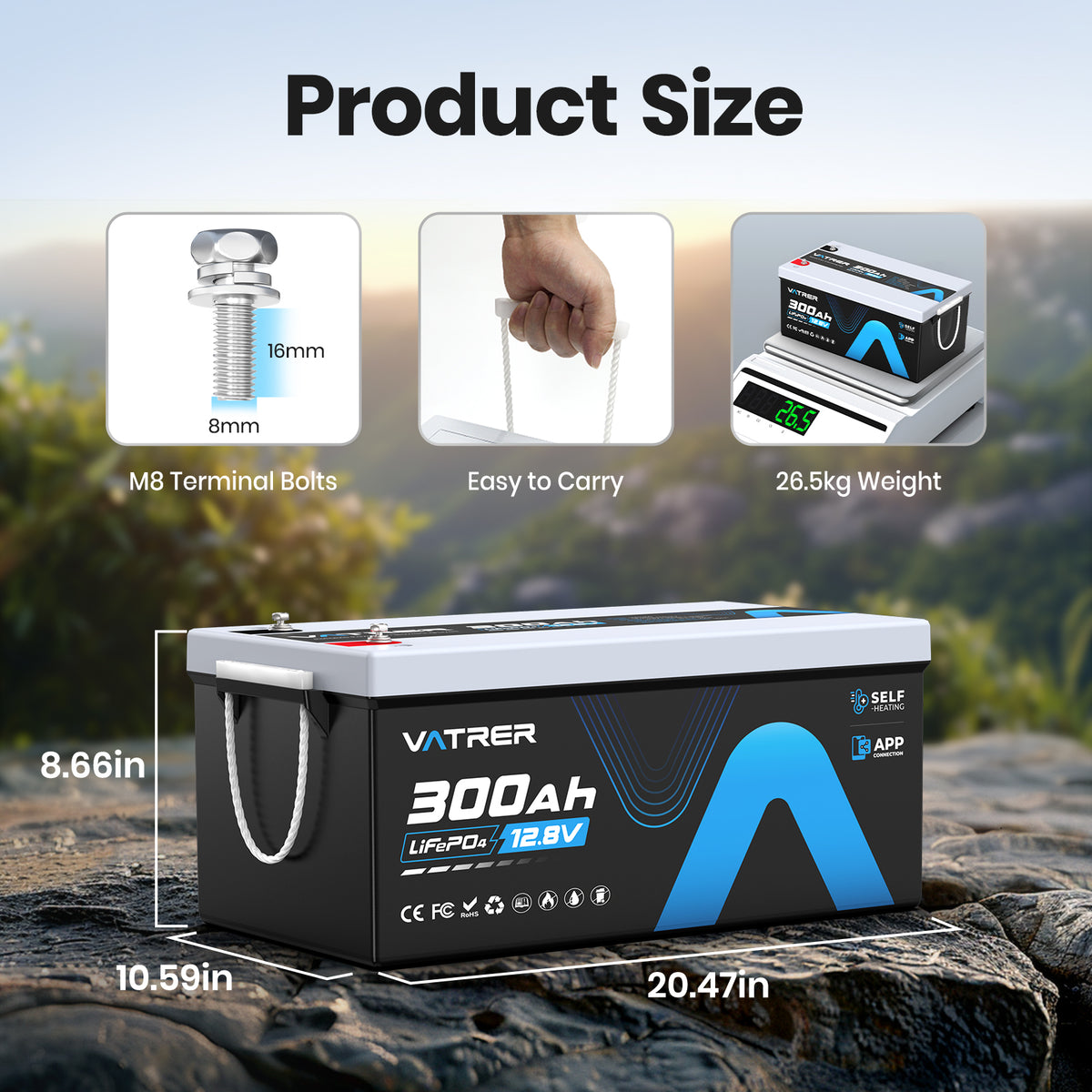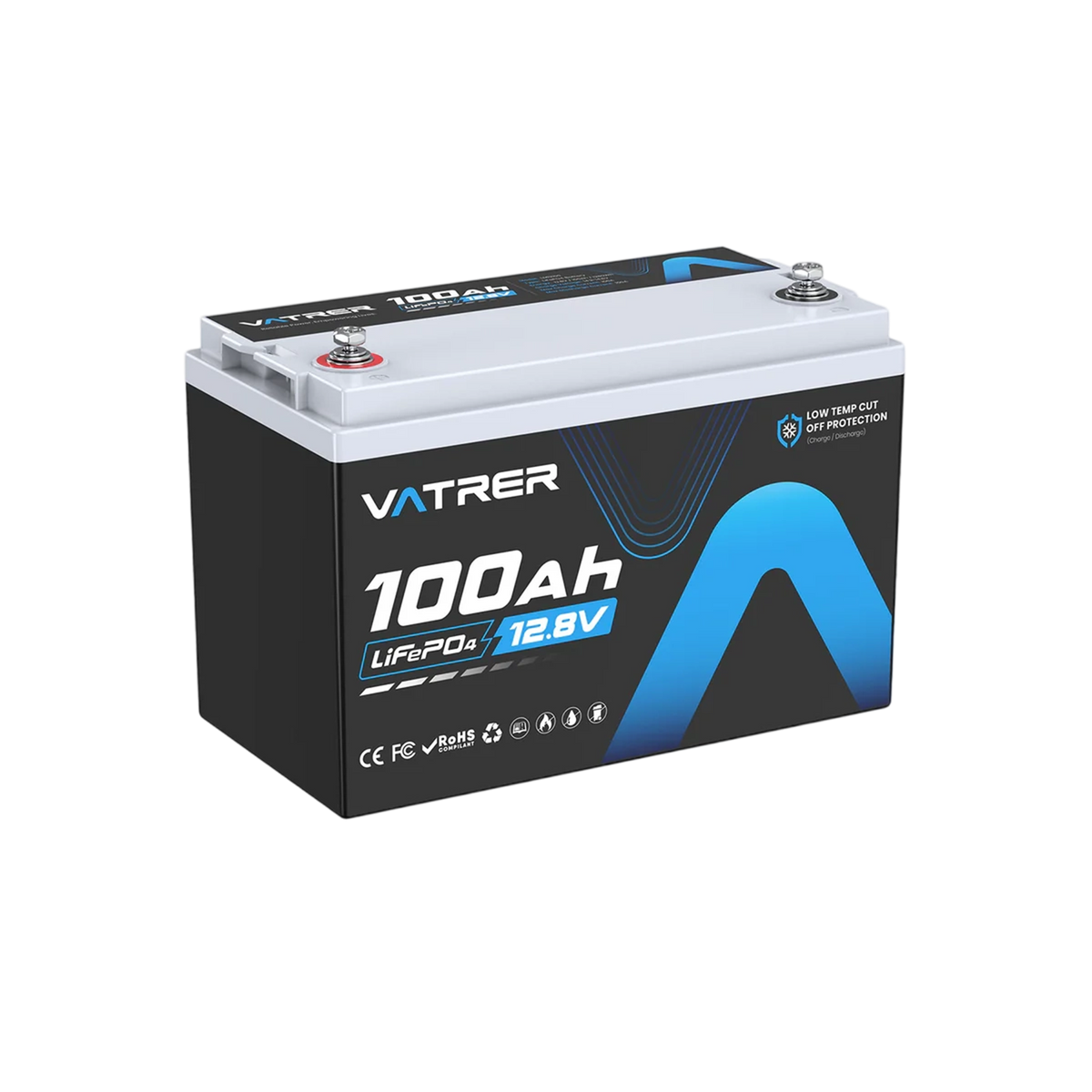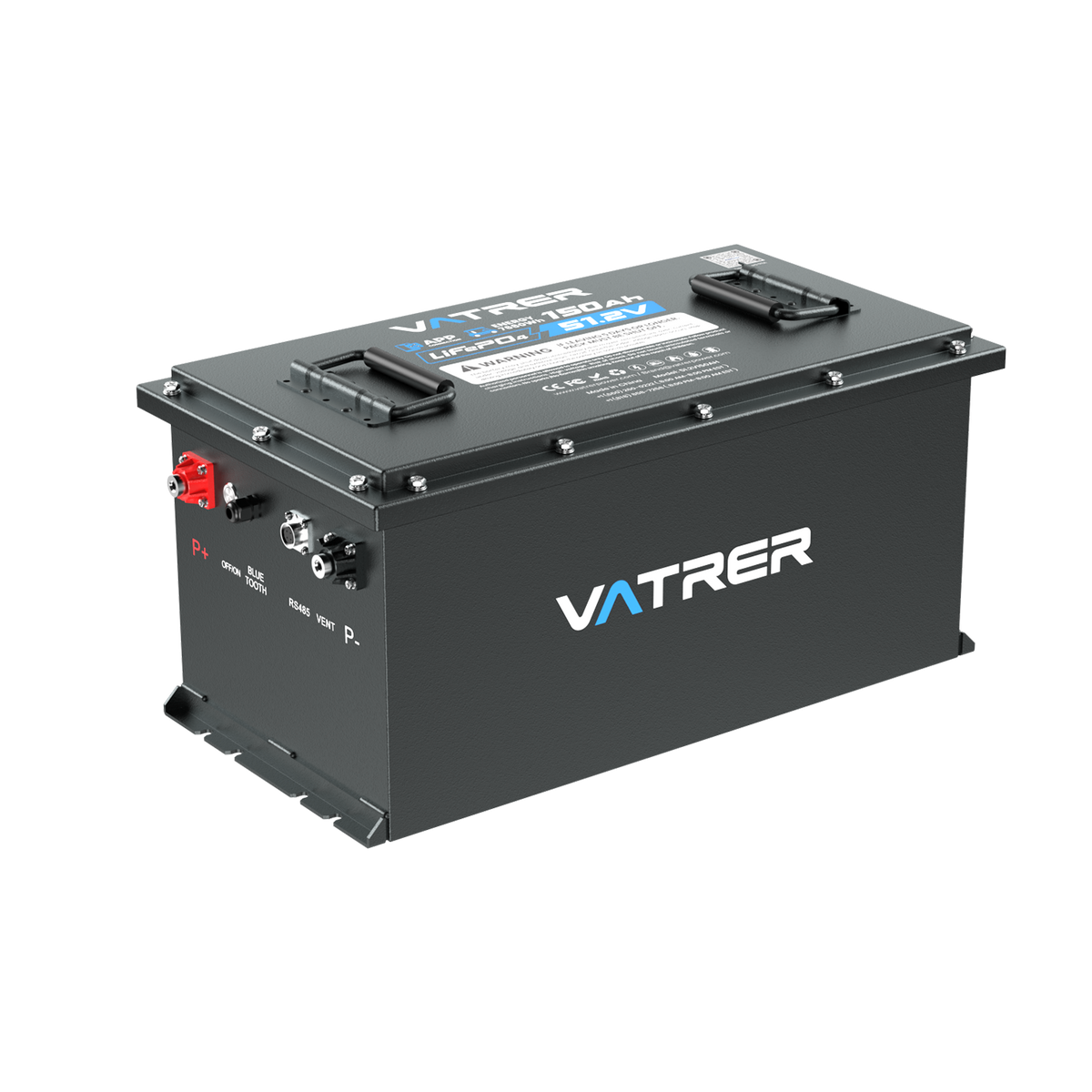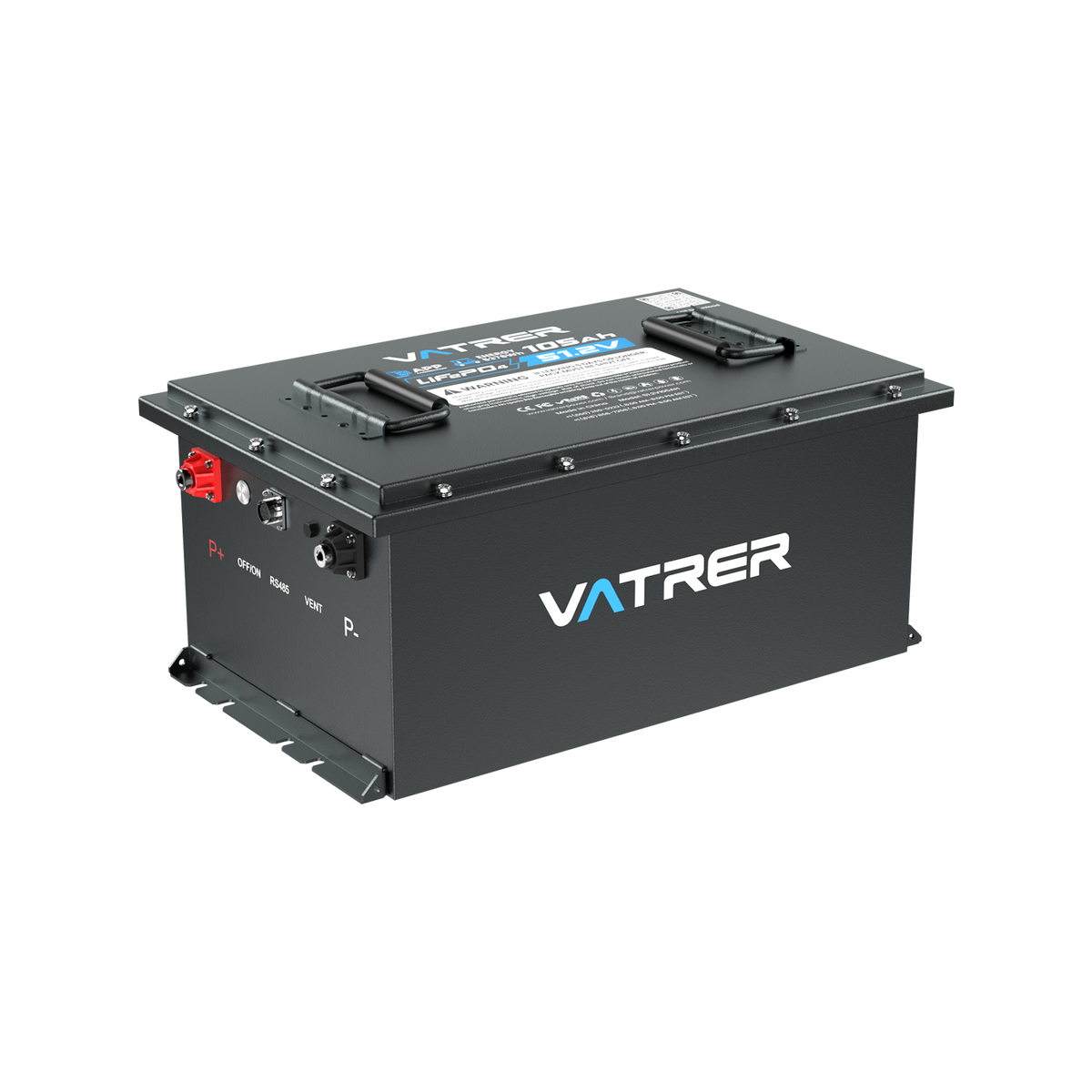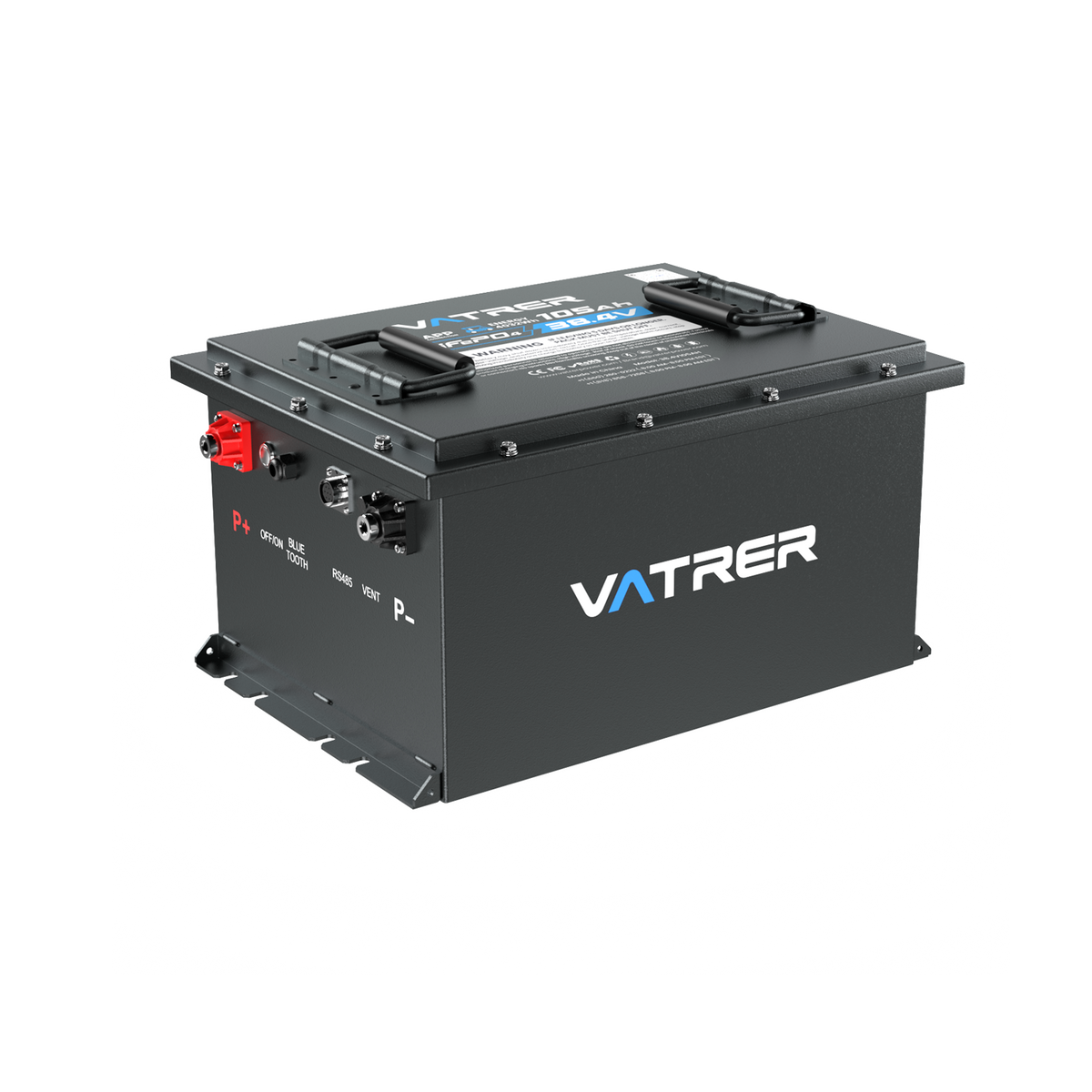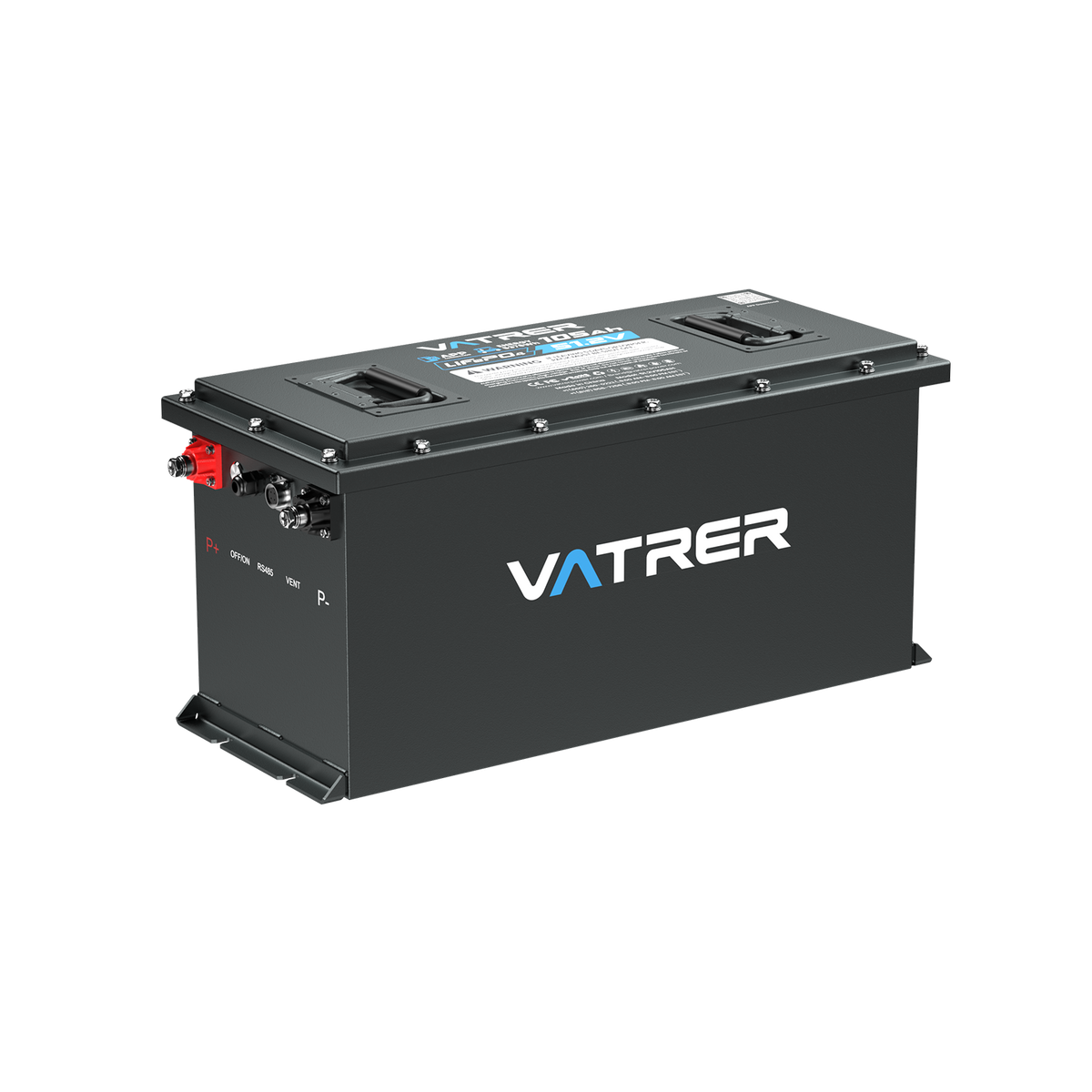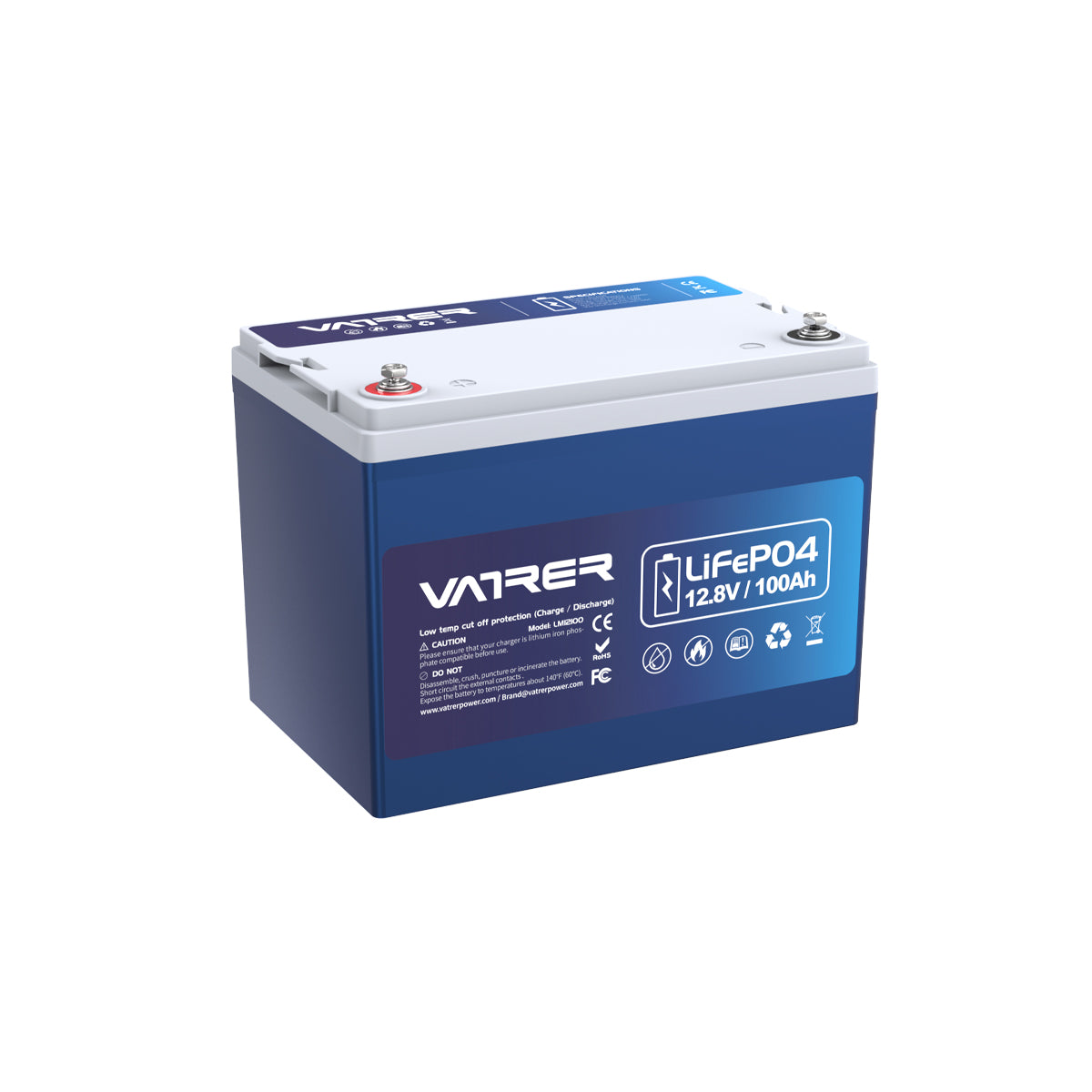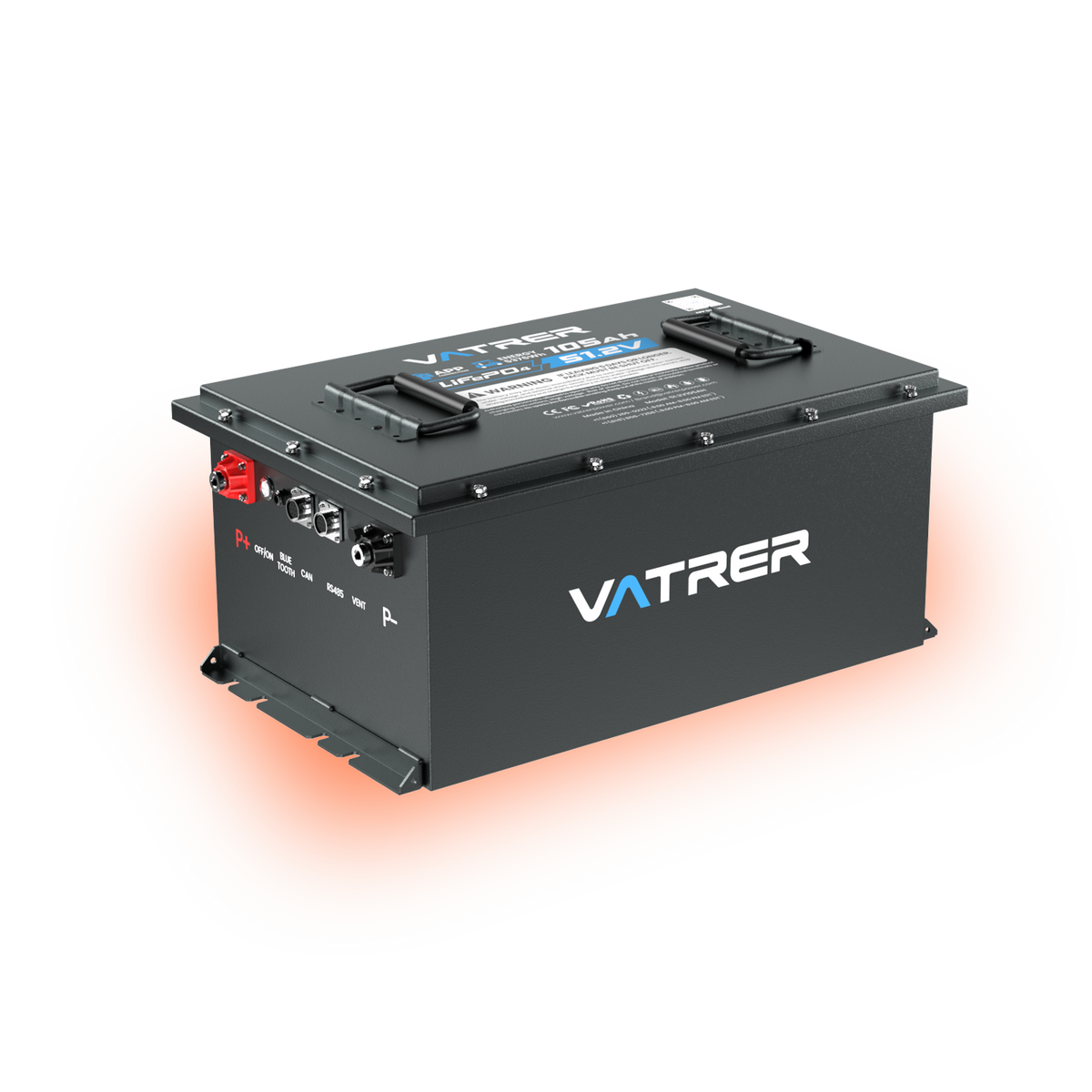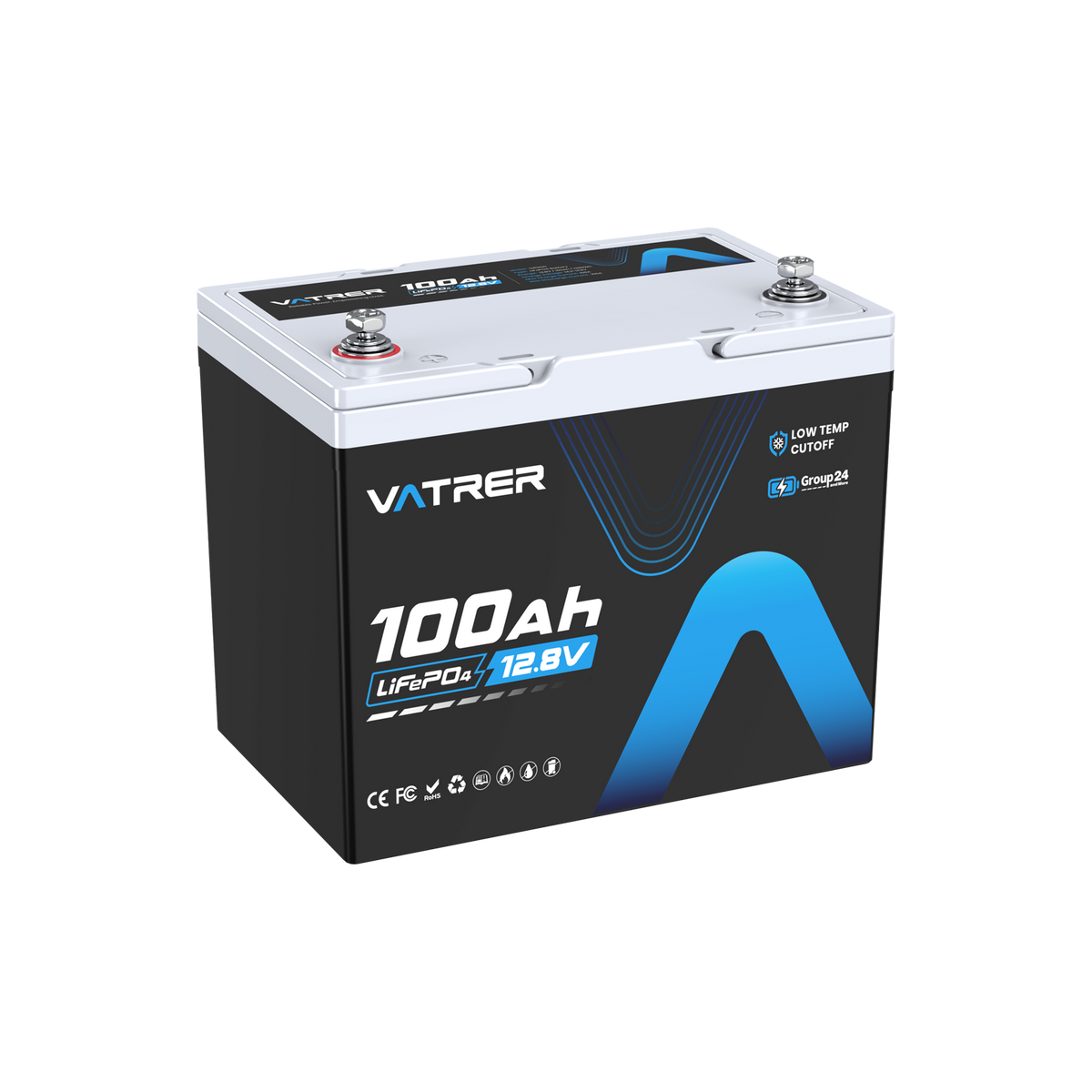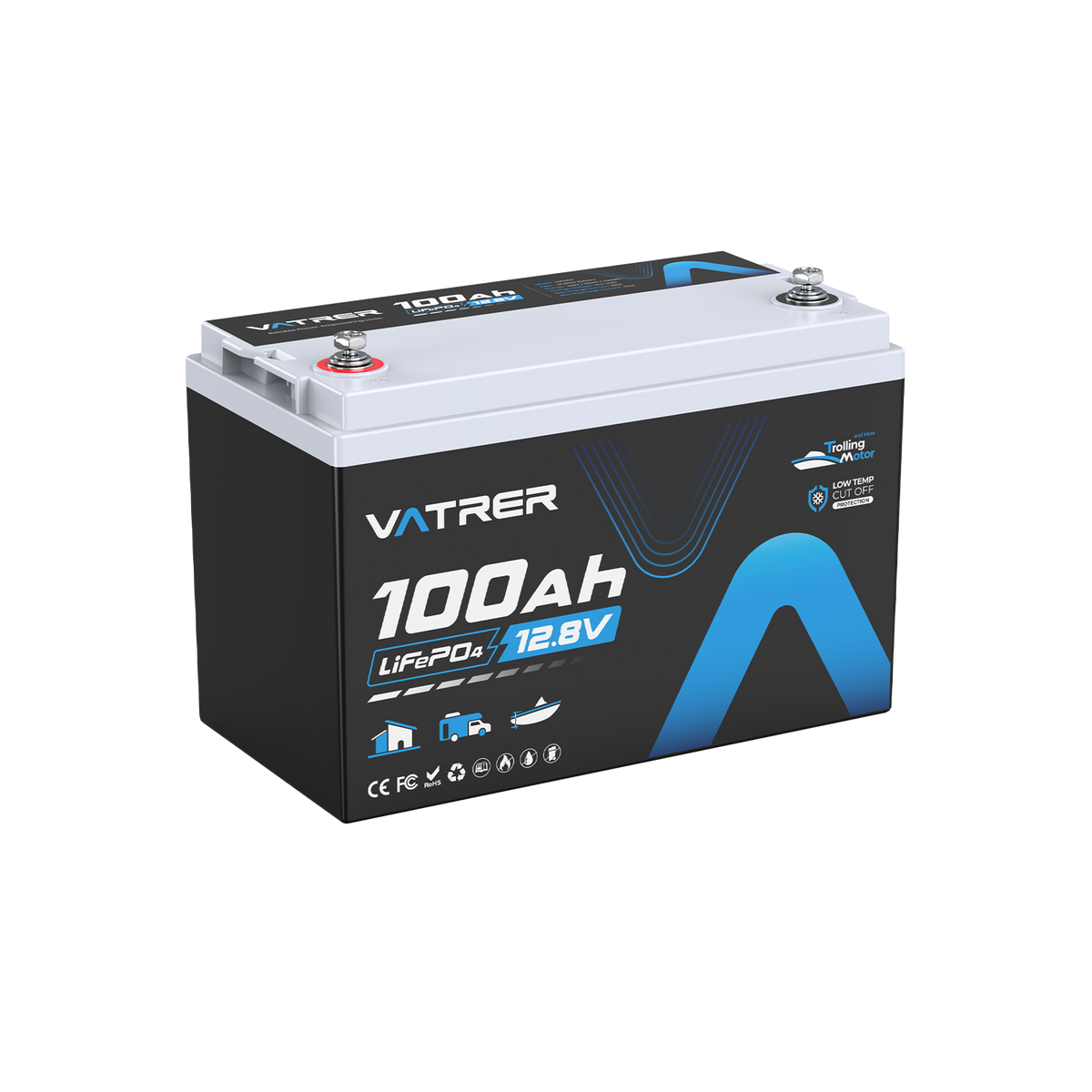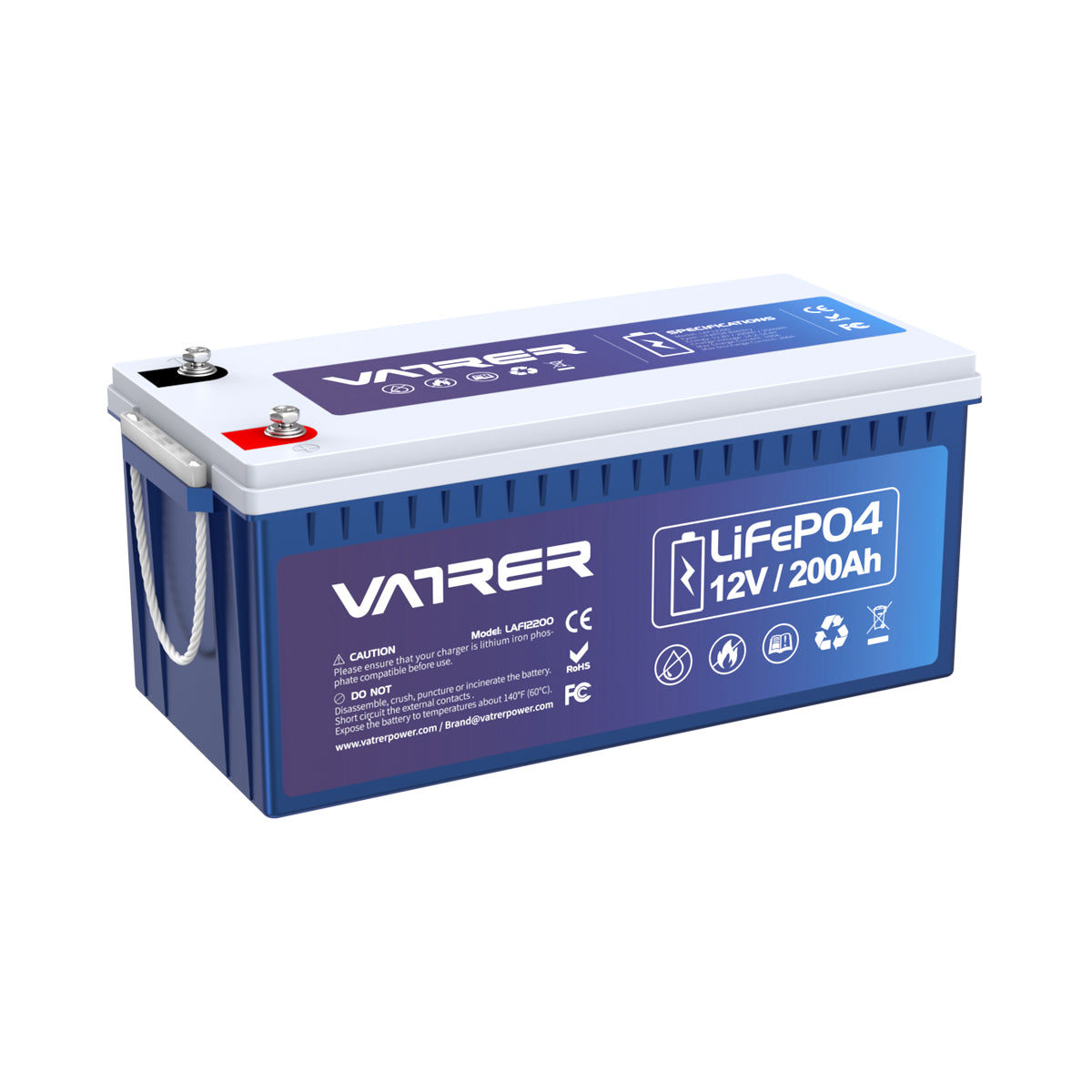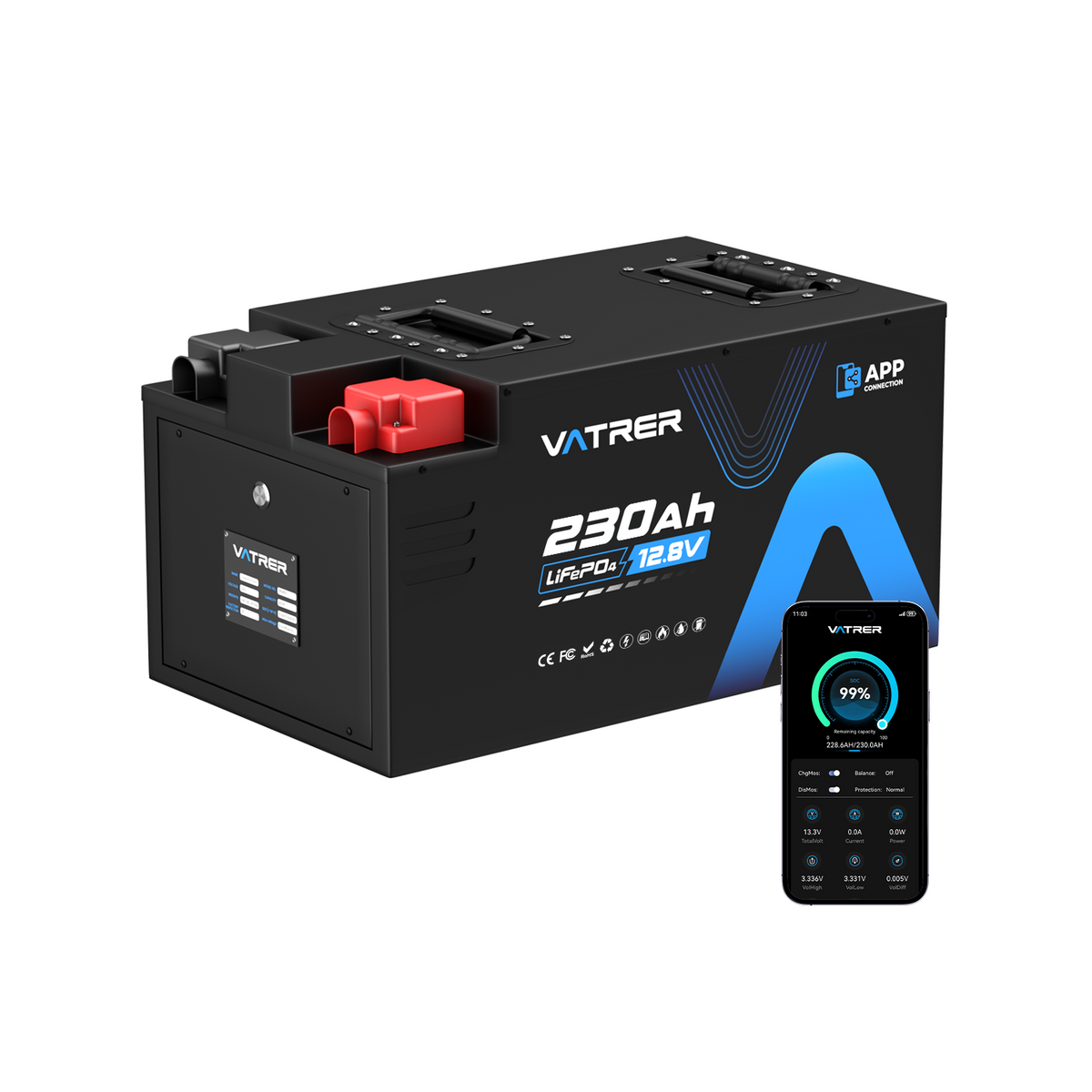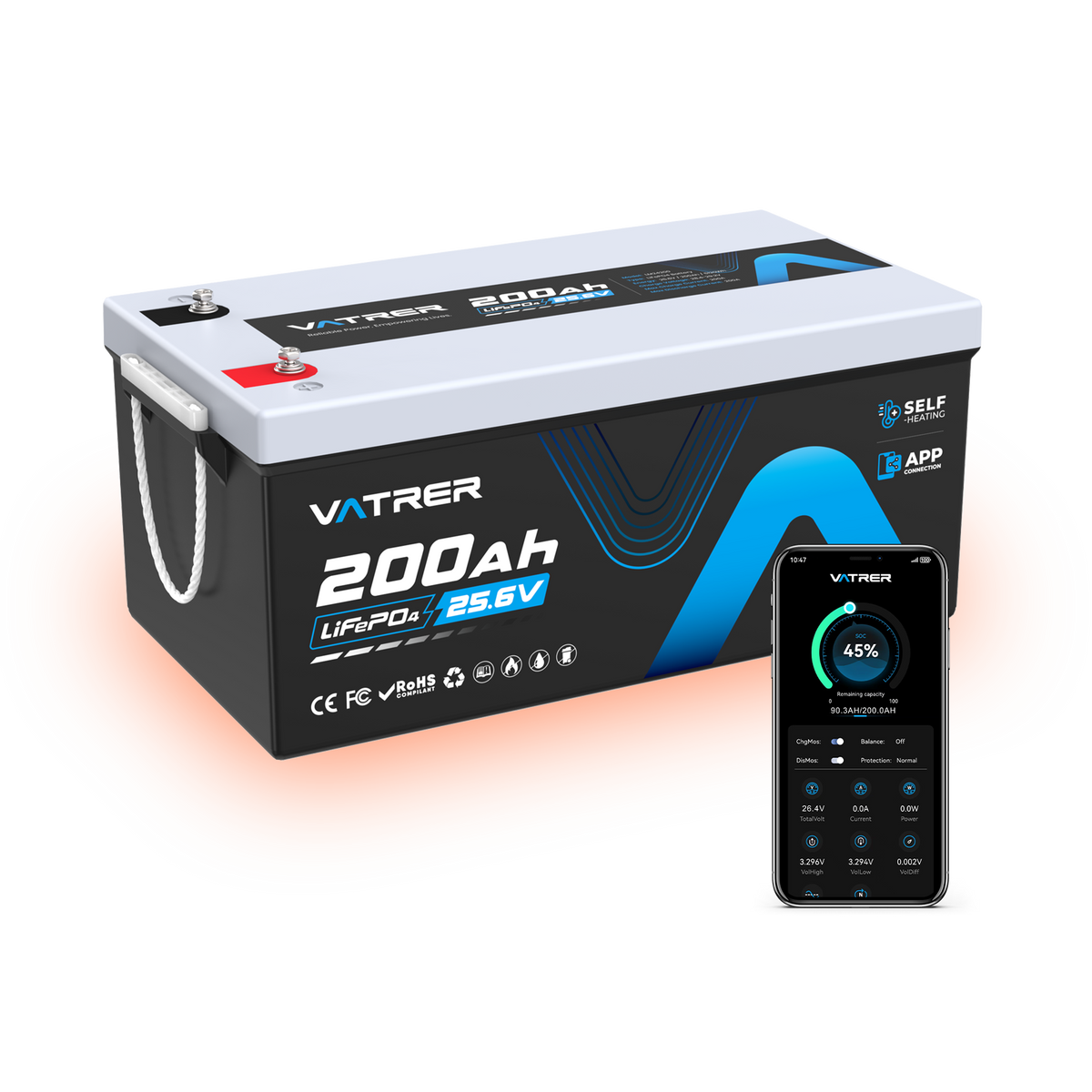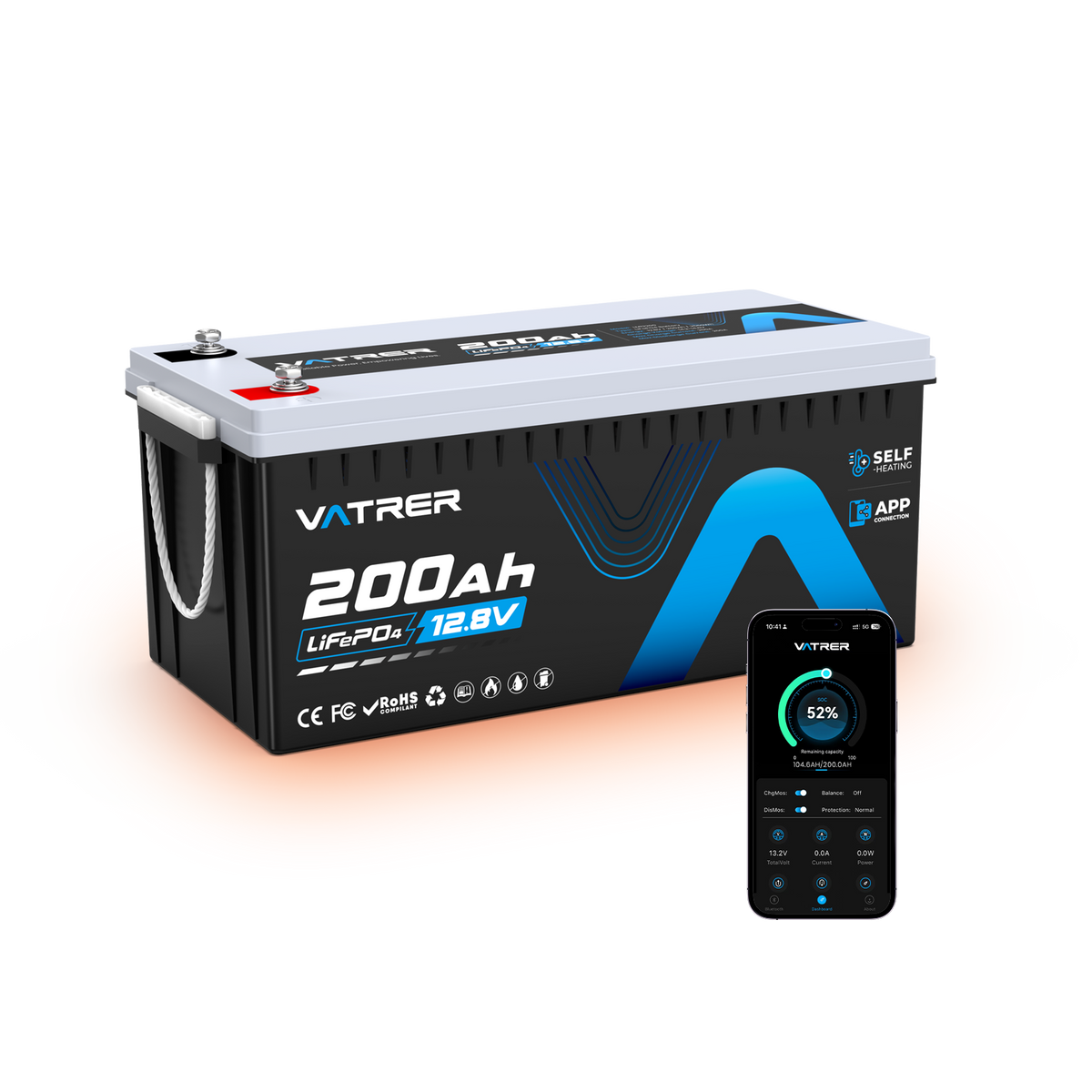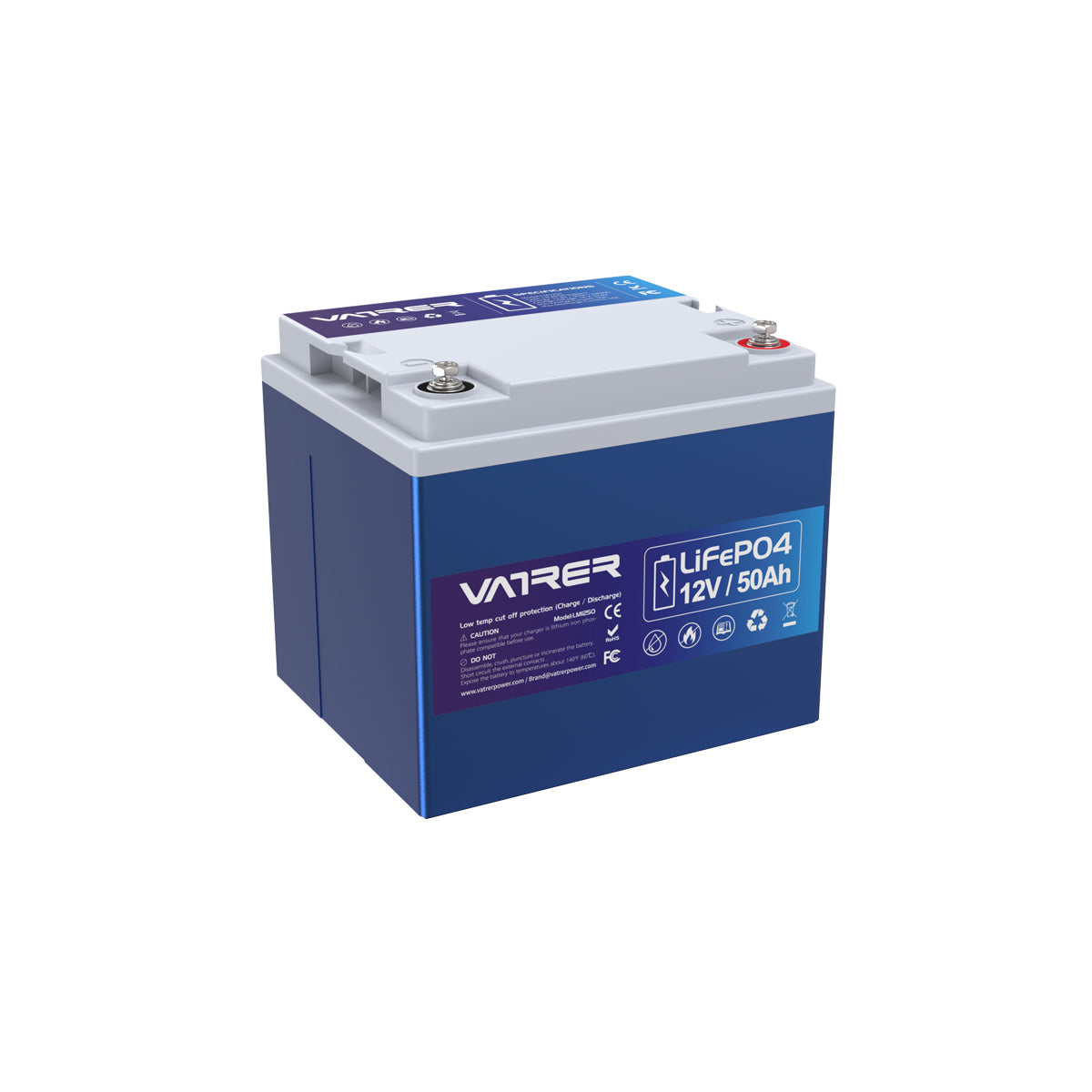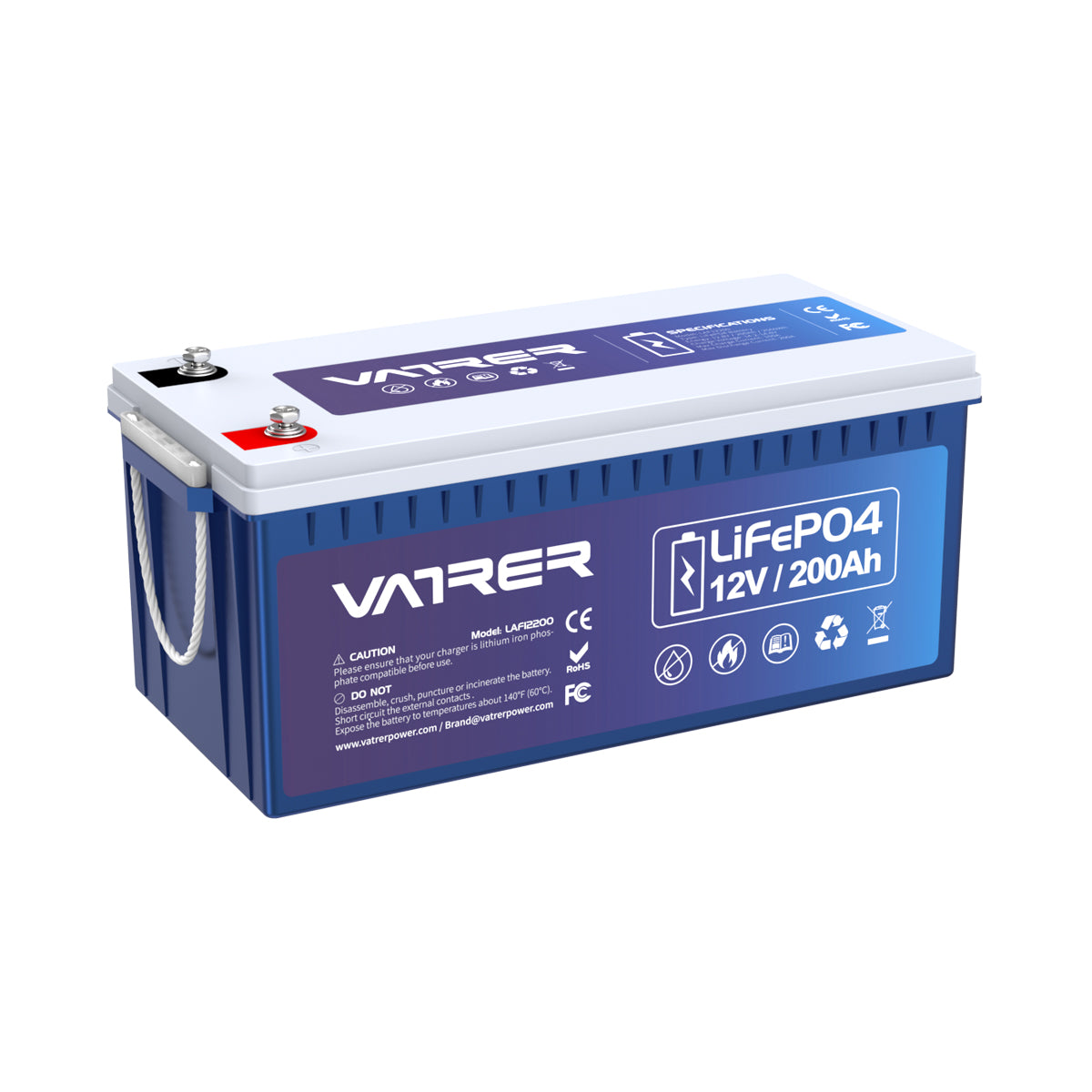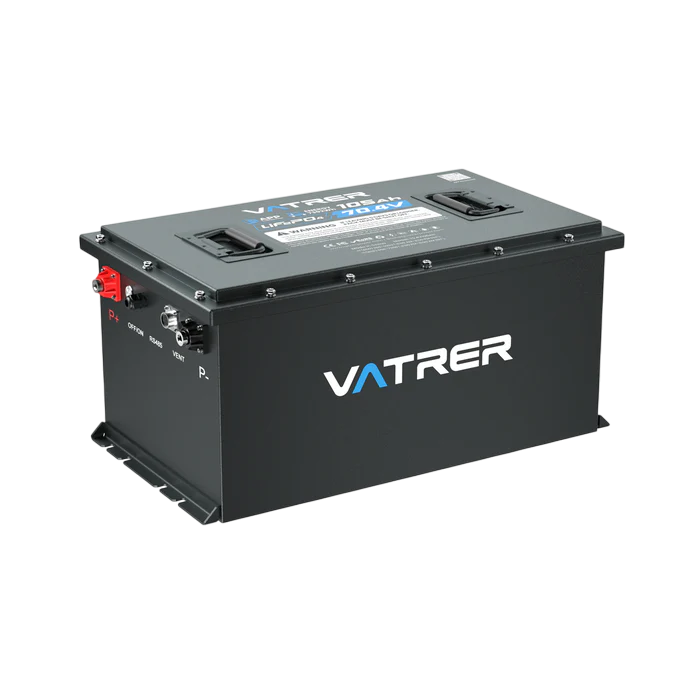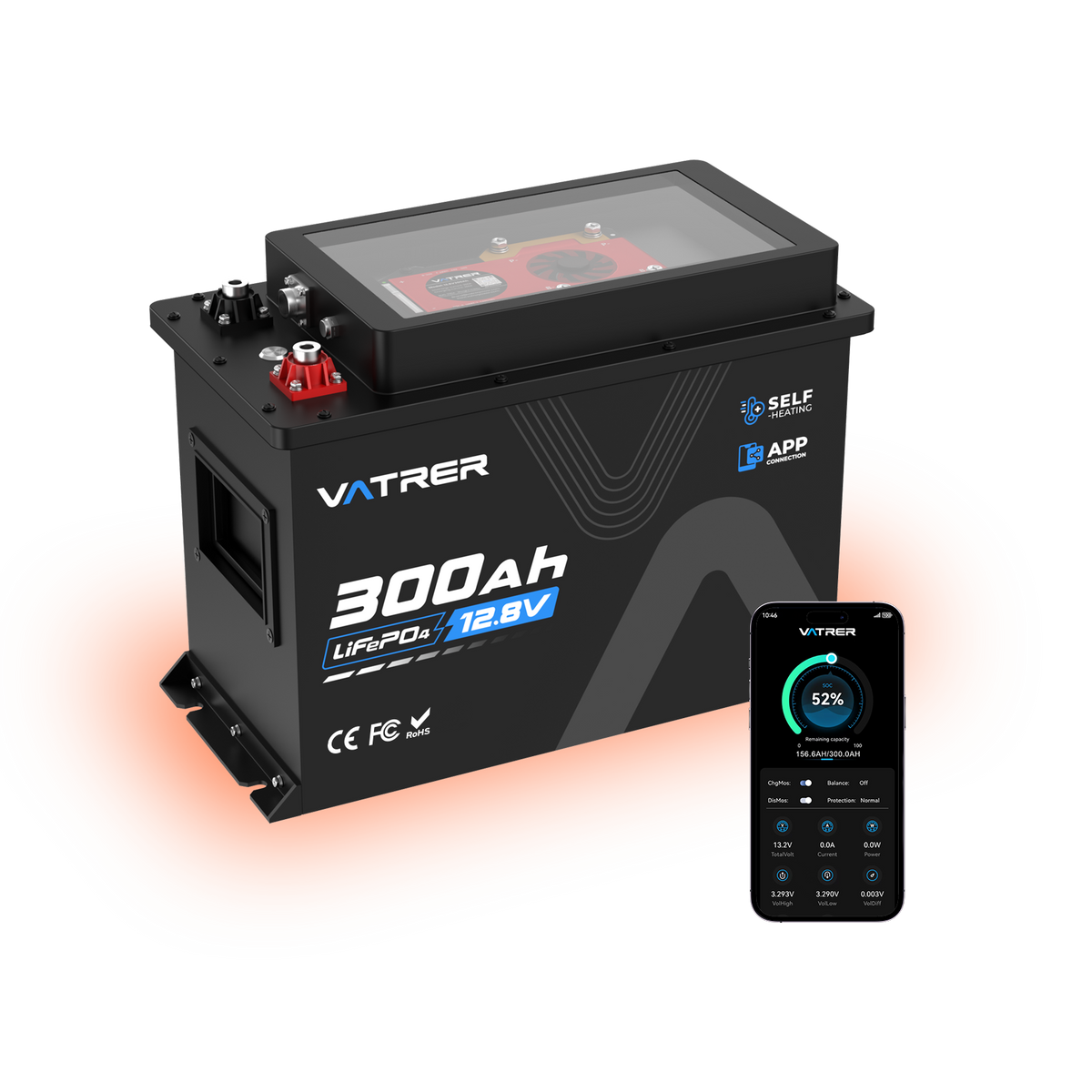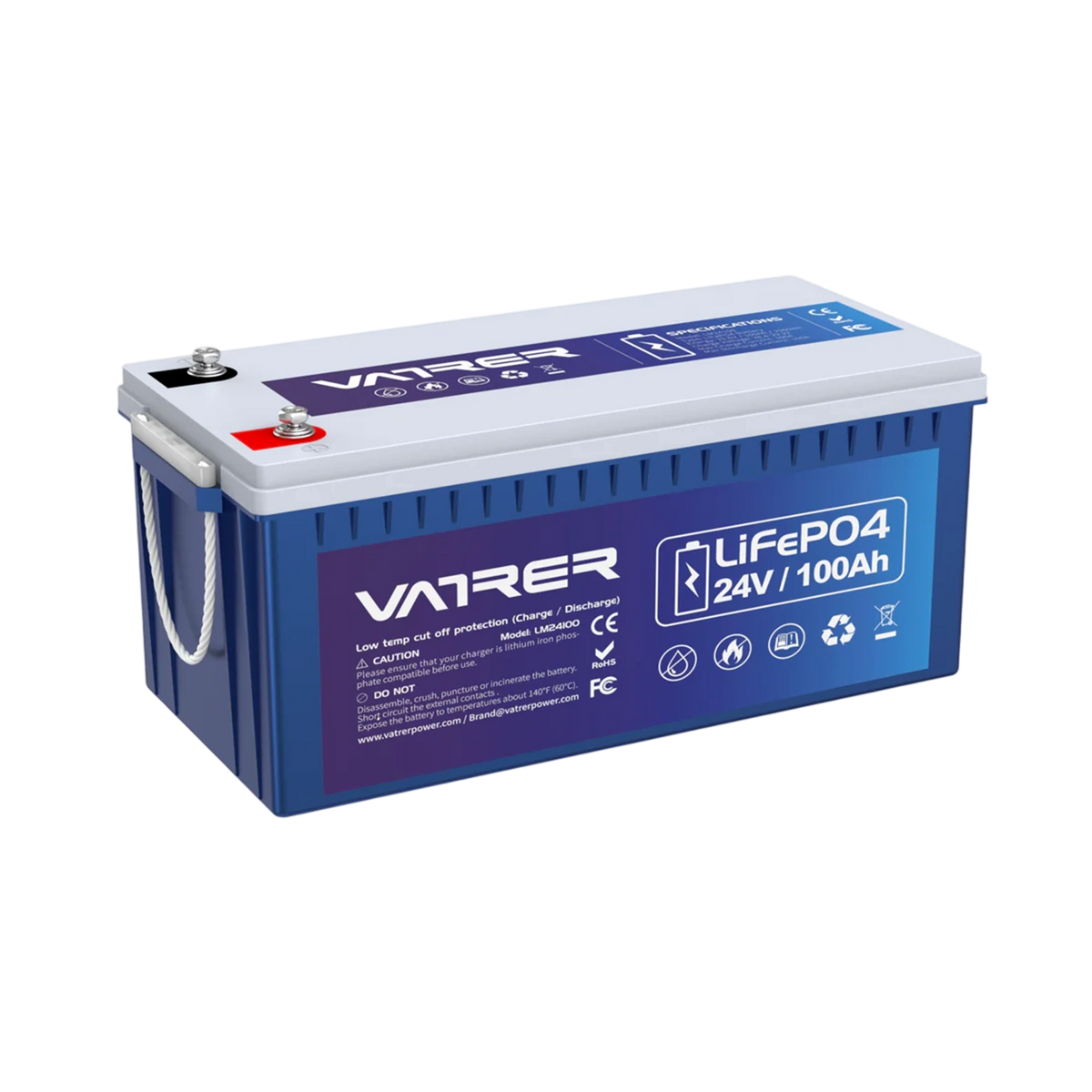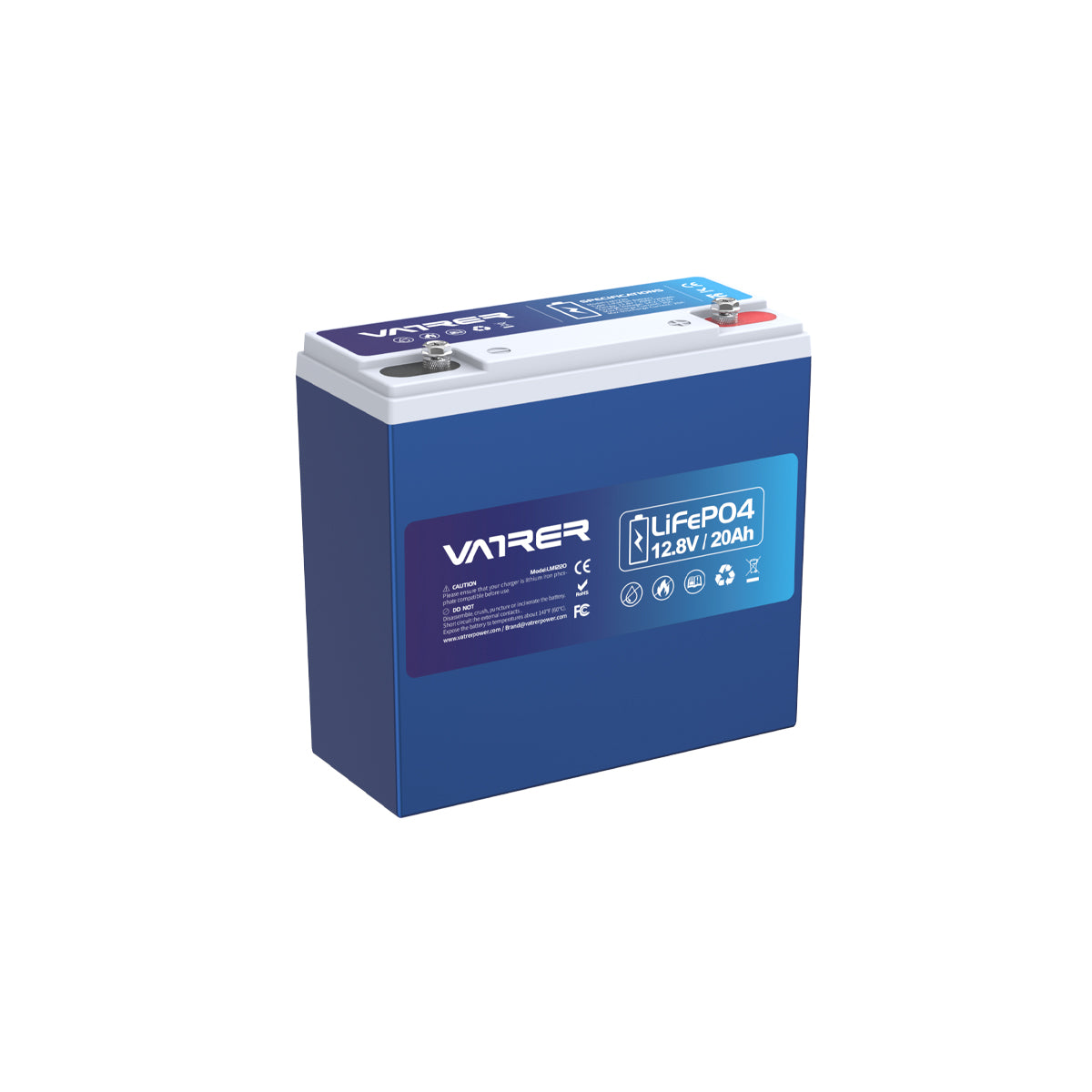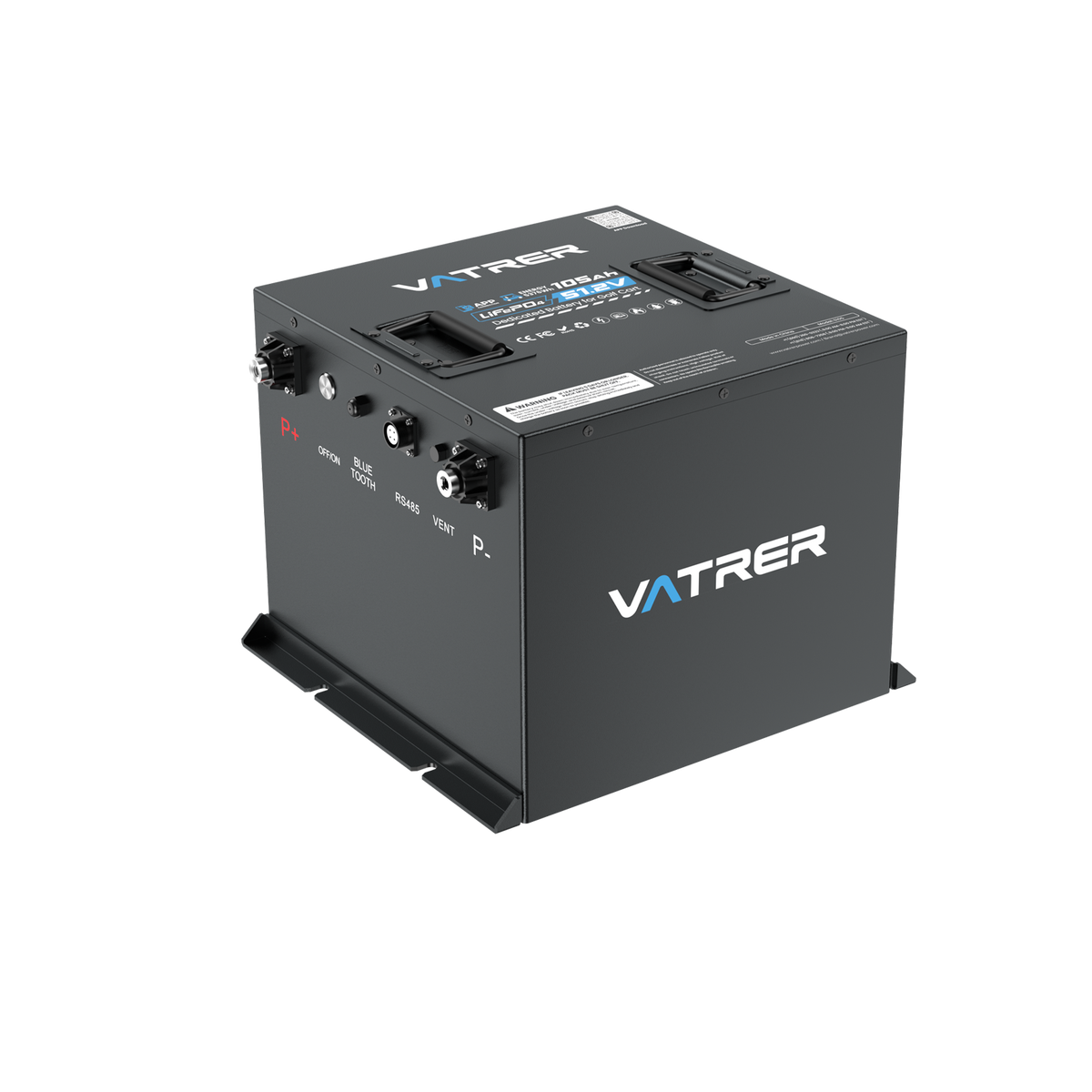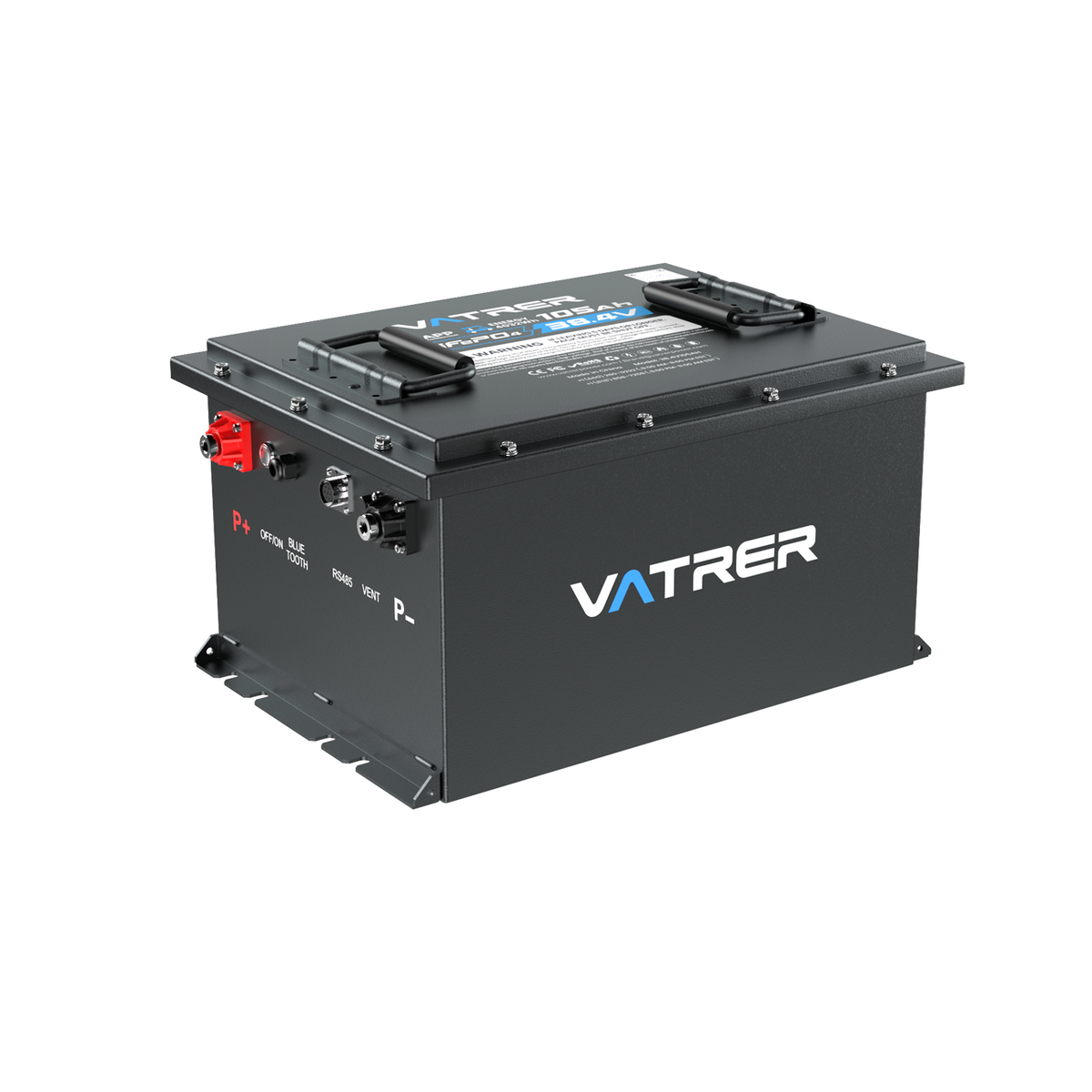Choosing the right battery for your RV, boat, or solar off-grid system can feel like navigating a maze of technical terms like group 24 battery, group 27 battery, and group 31 battery. These labels, set by the Battery Council International (BCI), are your starting point for finding a battery that fits your space and powers your adventures. Whether you're running a trolling motor on a kayak, keeping the lights on in an RV, or building a robust power system for off-grid living, understanding these battery group sizes is key.
This guide breaks down the differences between Group 24, Group 27, and Group 31 batteries—covering size, capacity, cost, and real-world applications. With clear specs, practical tools, and a step-by-step decision guide, you'll be ready to pick the right battery with confidence. Let’s dive in.

What Are BCI Group Sizes? Why Fit Matters for Your Battery
Ever wondered why batteries come with labels like "Group 24" or "Group 31"? These are BCI group sizes, a standardized system from the Battery Council International that defines a battery’s physical size—length, width, height—and terminal layout (like top-post SAE or side-stud, left or right). Think of it as a universal code ensuring your battery fits snugly in your RV, fishing boat, or solar setup without forcing you to rewire cables or rebuild trays.
BCI sizes are used across industries, from automotive to marine to RVs, so your group 24 battery will slot into any compatible tray, whether it's for a sailboat or a truck. A mismatched size could mean loose connections or cables that don't reach, cutting your power short on the water or road.
Start by checking your battery compartment's dimensions and terminal setup. This ensures your new battery drops in smoothly. Let's see how these groups compare in size and weight next.
Size, Weight, and Fit: Picking the Right Battery Group for Your Space
Getting the physical fit right is your first step, as no amount of power matters if the battery doesn't fit your tray.
- Different Size: Group 24 batteries are the smallest, perfect for tight spaces like kayaks or compact RVs. Group 27 batteries step up in size, balancing capacity and space for mid-sized setups. Group 31 batteries, larger than group 24 batteries, need more room but deliver for heavy-duty power systems.
- Weight varies by chemistry: lead-acid batteries are hefty due to their internal plates, while lithium options, like Vatrer battery, cut weight by up to 70%. Before buying, measure your battery compartment (aim for 0.25–0.5 inches of slack for straps) and check cable reach to avoid sharp bends. Taller Group 31 batteries may also need longer hold-down bolts or new brackets, so verify thread length to prevent wobbly installs.
- Ventilation: This is another factor—flooded lead-acid batteries release gases and need airflow, while sealed AGM or lithium deep cycle batteries are safer for enclosed spaces.
Here's a quick comparison of how these battery groups stack up physically, based on BCI standards. Explain to you more clearly why Group 24 is great for a trolling motor battery in tight spots, while Group 31 suits spacious setups.
| Feature | Group 24 | Group 27 | Group 31 |
|---|---|---|---|
| Dimensions (L × W × H, inches) | 10.25 × 6.81 × 8.88 | 12.06 × 6.81 × 8.90 | 13.00 × 6.81 × 9.44 |
| Lead-Acid Weight (lbs) | 40-50 | 50-65 | 60-75 |
| Lithium Weight (lbs) | 20-30 | 25-35 | 30-40 |
| Fit Notes | Suits kayaks, small boats | Fits sailboats, mid-size RVs | Ideal for yachts, large trucks |
Capacity and Power: How Group 24, 27, and 31 Batteries Perform for You
When it comes to powering your RV, sailboat, or solar off-grid system, the key question is: How long can your battery run your RV fridge or keep a yacht's systems humming? Capacity, measured in ampere hours (Ah), shows how much energy a battery holds, but usable capacity depends on chemistry. Lead-acid deep cycle batteries typically allow only 50% discharge to avoid damage, while Vatrer lithium batteries deliver 80–100% usable capacity for longer runtime.
- Group 24: Offers 70-85Ah (lead-acid, ~35-42Ah usable) or ~100Ah (lithium, ~80-100Ah usable), ideal for light loads like a trolling motor on a kayak.
- Group 27: Provides 85-105Ah (lead-acid, ~42-52Ah usable) or ~100-120Ah (lithium, ~80-120Ah usable), great for moderate RV camper battery needs.
- Group 31: Delivers 95-125Ah (lead-acid, ~47-62Ah usable) or ~100-140Ah (lithium, ~80-140Ah usable), perfect for high-demand power systems like yachts or off-grid cabins.
For example, a 12V fridge (60W, 12 hours = 720Wh) needs ~60Ah daily. A Group 24 lead-acid might struggle, but a Group 27 lithium or Group 31 handles it with ease.
Lithium's flat discharge curve ensures steady power for RV appliances or trolling motors, unlike lead-acid's gradual drop-off.
Reserve capacity (RC) measures runtime at 25 amps: Group 24 (~120-150 min), Group 27 (~140-180 min), Group 31 (~180-230 min).
Vatrer lithium batteries add smart features, like low-temp protection, self-heating and Bluetooth, ensures worry-free use all year round whether you are traveling in a motorhome or on the sea. You can also calculate your daily electricity usage with the Vatrer online calculator to choose the right battery pack for your device.
For mixed starting needs (like a yacht's engine), lead-acid may be preferred, as lithium is typically optimized for deep cycle use, not suitable as a starting power source.
Cost vs. Value: Comparing Group 24, 27, and 31 Battery Prices
When deciding to purchase a battery pack, budget is often one of the main considerations.
- Lead-acid batteries have a lower initial cost. One of them, Group 24 batteries are the most affordable, starting at $80–$150 for lead-acid, ideal for smaller boats or backup power. Group 27 batteries run $100–$200 for lead-acid, offering a middle ground for RV camper battery needs. Group 31 batteries, with higher capacity, cost $150–$300 for lead-acid.
- In comparison, lithium batteries have a high initial cost, $200–$400 for Group 24, $250–$500 for Group 27, and $300–$600 for Group 31. But the long-term value shines—lithium’s 3,000–5,000 cycles (vs. 300–500 for lead-acid) mean fewer replacements, often saving 30–50% over a decade. In addition, Vatrer lithium batteries are provided with reliable warranty services, while the warranty period of lead-acid batteries is only 1-3 years, which ensures that people who frequently use RVs or boats can also use them with peace of mind.
From a long-term value perspective, in addition to cost budget control, lithium batteries are lighter, which can reduce fuel costs for RVs or boats, and charging time only takes 1-4 hours, while lead-acid batteries take 8-15 hours.
Multipurpose: Group 24, 27, and 31 Batteries for RVs, Boats, and Solar
Choosing the right battery group means matching its strengths to your lifestyle—whether you’re powering a weekend fishing trip, a cross-country RV adventure, or a solar off-grid battery system. Group 24, Group 27, and Group 31 batteries each excel in specific scenarios based on their size capacity and power delivery.
- Group 24: These compact batteries are perfect for space-constrained setups like kayaks or smaller boats. They're ideal for a trolling motor battery on a fishing boat, running low-draw devices like LED lights or a small pump for a day on the water. Their smaller size fits tight compartments, but limited capacity means they're best for short trips or minimal loads. For example, a Vatrer Group 24 lithium battery powers a kayak's trolling motor for 6-8 hours, with zero maintenance compared to flooded lead-acid battery, which needs water checks every 1-2 months.
- Group 27: Offering a balanced size and capacity, Group 27 batteries are a go-to for mid-sized sailboats or RV camper battery banks. They handle moderate loads—think a fridge, lights, and a fan for a weekend boondocking in an RV. Their slightly larger footprint fits most standard trays, making them versatile for marine or solar systems with daily draws of around 700-1,000Wh.
- Group 31: Built for high-demand power systems, Group 31 batteries are the choice for yachts, large RVs, or robust off-grid solar setups. They power heavy appliances like inverters or AC units for extended periods, ideal for full-time off-grid living or long marine voyages. Their larger size requires ample compartment space, but the payoff is longer runtime. For instance, a Vatrer Group 31 battery can run a yacht's systems for 10-12 hours, with features like low-temp protection for winter reliability, unlike lead-acid, which demands regular electrolyte checks.
Vatrer lithium battery packs have the characteristics of lighter weight, deeper discharge depth and no maintenance, all to meet your usage needs.
How to Choose Your Group 24, 27 or 31 Battery
With a clear picture of how Group 24, Group 27, and Group 31 batteries perform in RVs, boats, and solar setups, the next step is choosing the one that fits your needs. Here are some helpful guidelines to help you decide and ensure your choice provides reliable power for your adventures.
- Assess Your Space: Start by measuring your battery compartment (length, width, height) with a 0.5-inch buffer for straps. Check terminal types (SAE or stud) and polarity to avoid cable mismatches. If space is tight, like the Vatrer Group 24 lithium battery, maximizes power without sacrificing fit.
- Calculate Power Needs: Use a battery calculator to match your Wh to a group, ensuring longer runtime for demanding power systems.
- Set Your Budget: While lead-acid batteries have lower initial costs, they offer long-term cost savings due to their cycle life of 3,000-5,000 cycles and a 5-10 year warranty. Therefore, lithium batteries are more cost-effective and can better meet various heavy-duty needs.
- Match Your Application: Choose based on your setup. Group 24 is ideal for smaller boats or kayaks with light loads (e.g., trolling motors). Group 27 fits mid-sized RVs or sailboats for weekend trips. Group 31 powers large RVs, yachts, or solar off-grid battery systems with high-draw appliances.
- Consider Climate: In cold environments, lithium batteries with low-temp protection, prevent charging damage below 32°F, making them reliable for winter RV or marine trips. Lead-acid batteries need ventilation and regular water checks, which can be a hassle in harsh conditions.
- Verify Performance: Before finalizing, test your battery's capacity with a multimeter or load tester to confirm it meets your needs over time.
Conclusion
Navigating the differences between Group 24, Group 27, and Group 31 batteries boils down to aligning their strengths with your needs—whether you’re powering a kayak's trolling motor, an RV camper battery for a weekend getaway, or a robust solar off-grid battery system for full-time living. Group 24 batteries offer compact size and affordability, perfect for smaller boats or light loads. Group 27 strikes a balance, delivering reliable power for mid-sized RVs or sailboats. Group 31 batteries, larger than Group 24 and 27, provide higher capacity for heavy-duty applications like yachts or industrial power systems.
Explore Vatrer lithium battery for lightweight, durable solutions tailored to your RV, boat, or solar needs. Pick the right group, power up, and hit the road or water with confidence.
Want more information? Read on for a more comprehensive explanation:
What is a Group 24 Deep Cycle Battery?
What is the best deep cycle battery for an RV?
What is a Group 31 Deep Cycle Battery?
How to test a deep cycle battery with a multimeter?
FAQs
How Do i Know If My Existing Charger Is Compatible With a Lithium Battery Upgrade?
To use a lithium battery, like a Vatrer lithium battery in Group 24, 27, or 31, your charger must support a lithium-specific profile to avoid overcharging or damage. Check your charger’s manual or label for a “LiFePO4” or “lithium” mode. If it’s designed for lead-acid (flooded, AGM, or gel), it may use higher voltages (14.8V) that can harm lithium batteries. Look for adjustable settings or a custom mode allowing 14.2–14.6V absorption and ~13.6V float. For RV or marine equipment, a lithium-ion compatible smart charger, such as the Vatrer lithium charger, ensures safe and efficient charging. Test settings with a multimeter to confirm voltage output before connecting.
Can i Mix Different Battery Group Sizes In The Same System?
Mixing Group 24, Group 27, or Group 31 batteries in one system is generally not recommended, as differences in capacity and internal resistance can lead to uneven charging and discharging, reducing efficiency and lifespan. For example, a Group 24 paired with a Group 31 may cause the smaller battery to over-discharge, shortening its life.
How Can i Extend The Lifespan Of My Group 24, 27 Or 31 Battery?
To extend the life of your battery, follow these steps based on chemistry. For lead-acid (Group 24, 27, or 31), avoid deep discharges below 50% to prevent plate damage—use a battery monitor to track state of charge. Check water levels in flooded batteries monthly, topping off with distilled water, and clean terminals to prevent corrosion. Store in a cool, dry place (50–77°F) to reduce self-discharge.
For lithium batteries, maintain 20–80% charge during use to optimize their 3,000–5,000 cycles. Avoid extreme heat (above 140°F) and ensure your charger matches lithium settings (14.2–14.6V absorption). Regularly inspect connections for tightness (5–7 Nm torque). For both types, avoid prolonged storage without charging—top up every 3–6 months. These steps can add years to your RV camper battery or trolling motor battery.
What Should i Do If My Group 31 Battery Doesn't Fit My Existing Tray?
If a Group 31 battery (13″ × 6.81″ × 9.44″) doesn’t fit your tray, first re-measure your compartment to confirm dimensions, including height for lid clearance and 0.5-inch slack for straps. If it’s too large, consider a Group 24 or Group 27 battery, which are smaller and meet your power needs. Alternatively, modify your tray with a universal battery box or adapter brackets, available at RV or marine supply stores for $20–$50. Ensure new hold-downs match Group 31’s taller profile (check bolt length). If modification isn’t feasible, a Vatrer lithium battery in a smaller group size offers comparable capacity with less space, ideal for tight fishing boat or RV setups. You can also consult Vatrer technicians for a custom installation to ensure safety.









